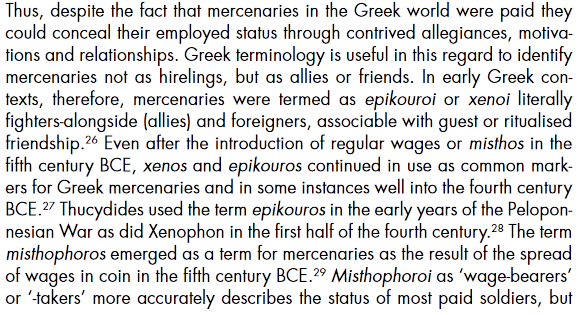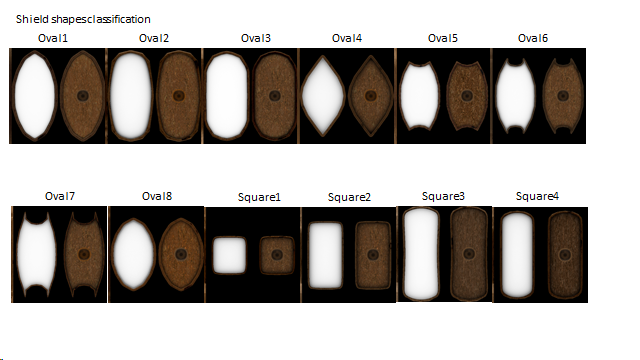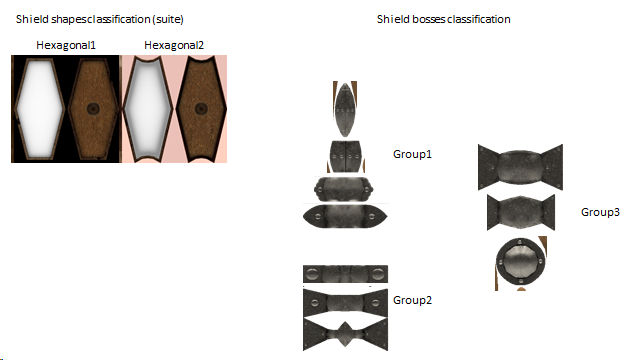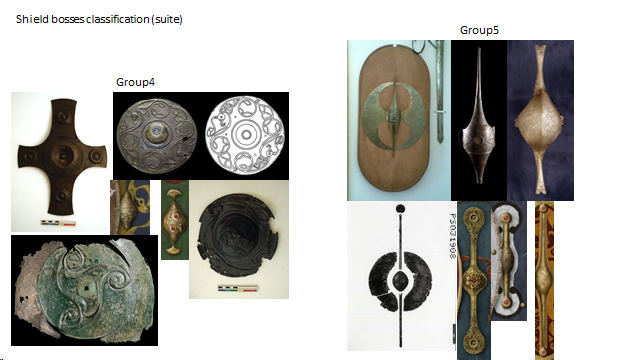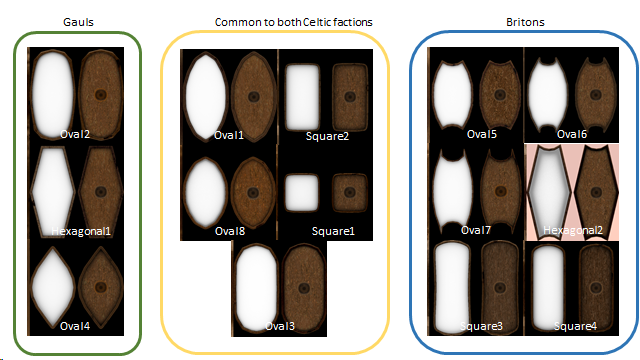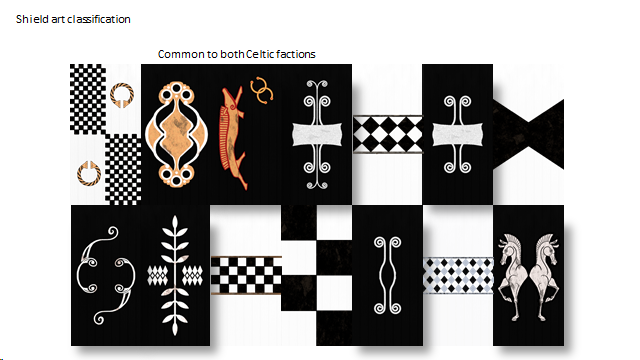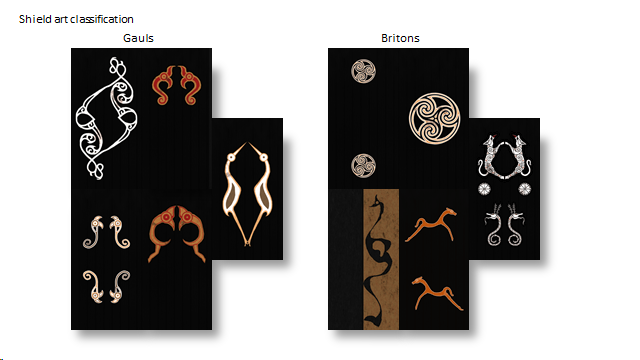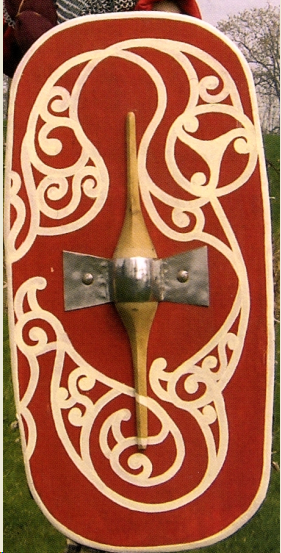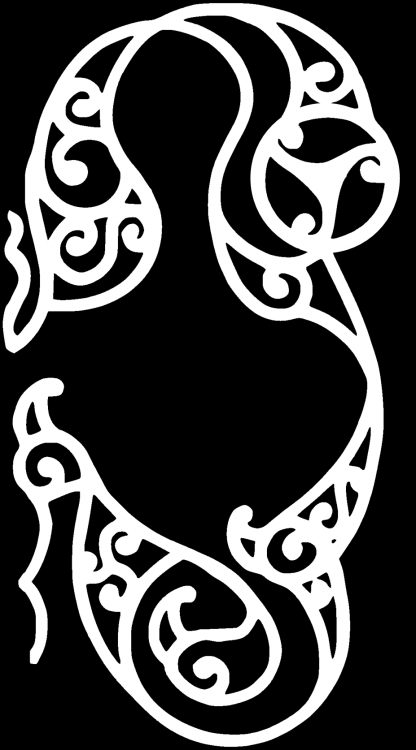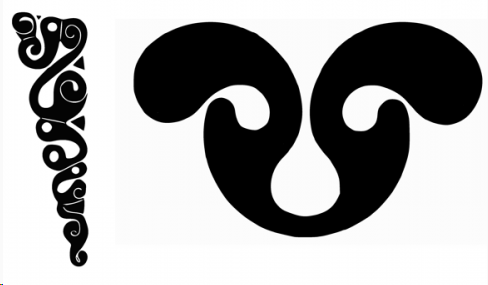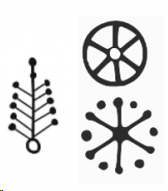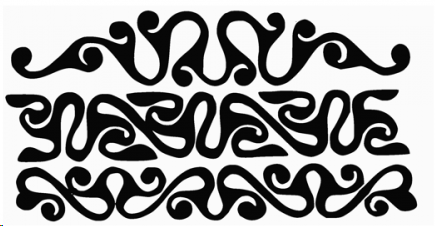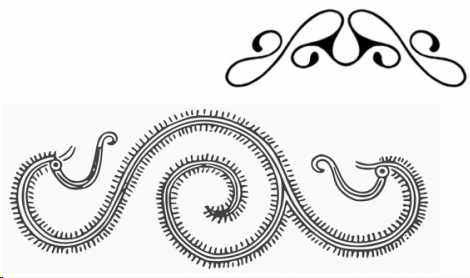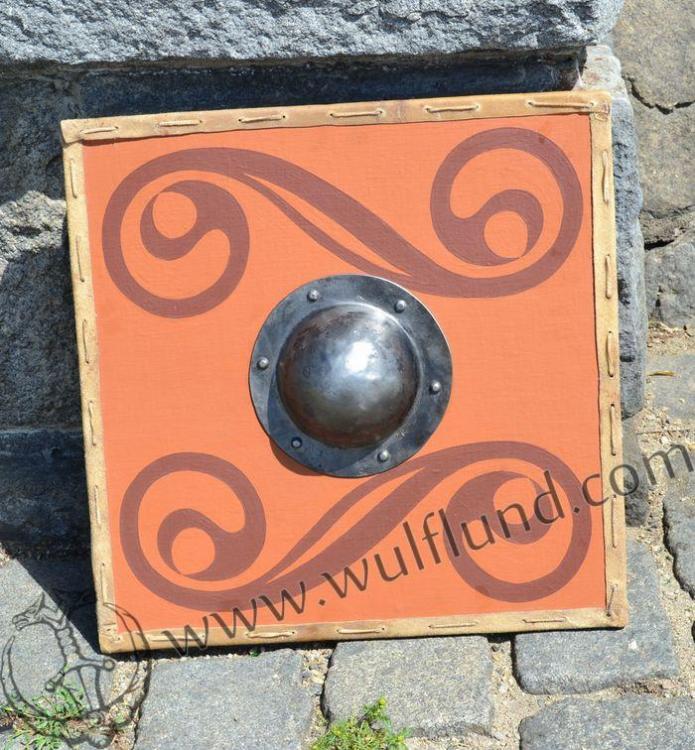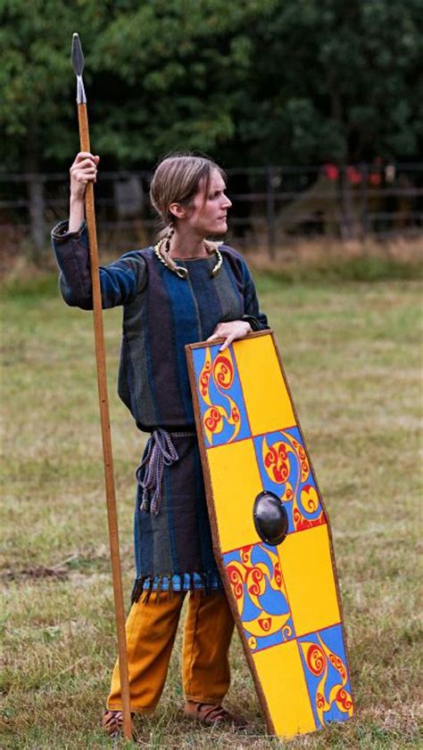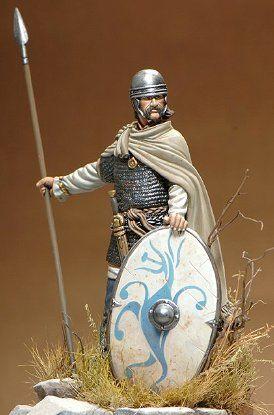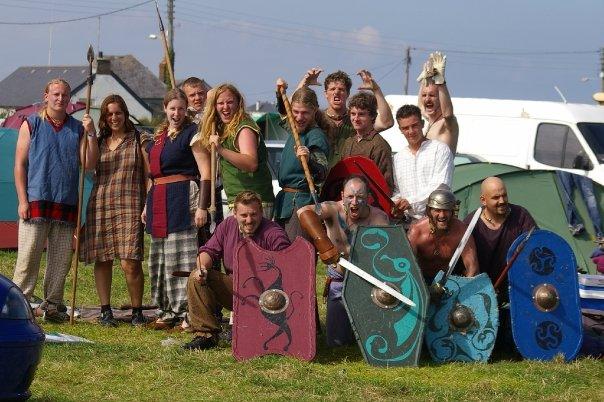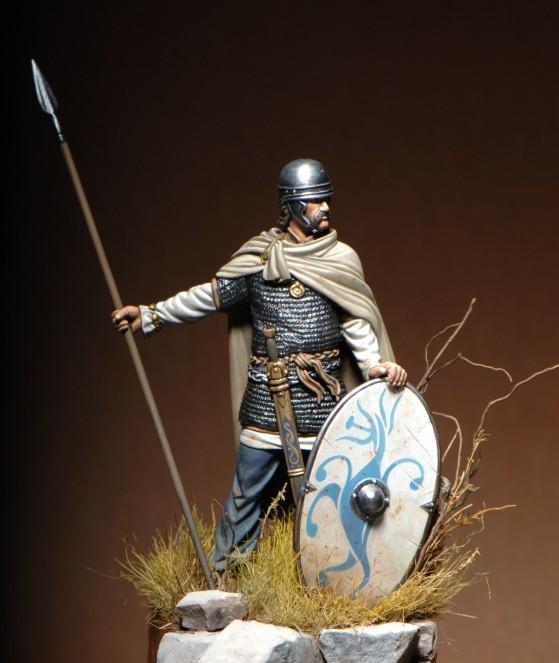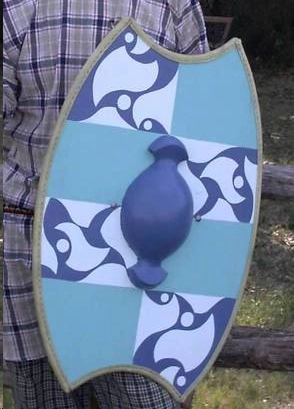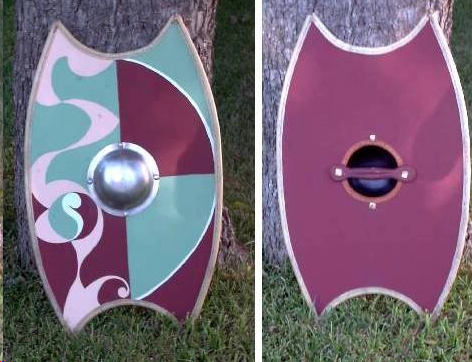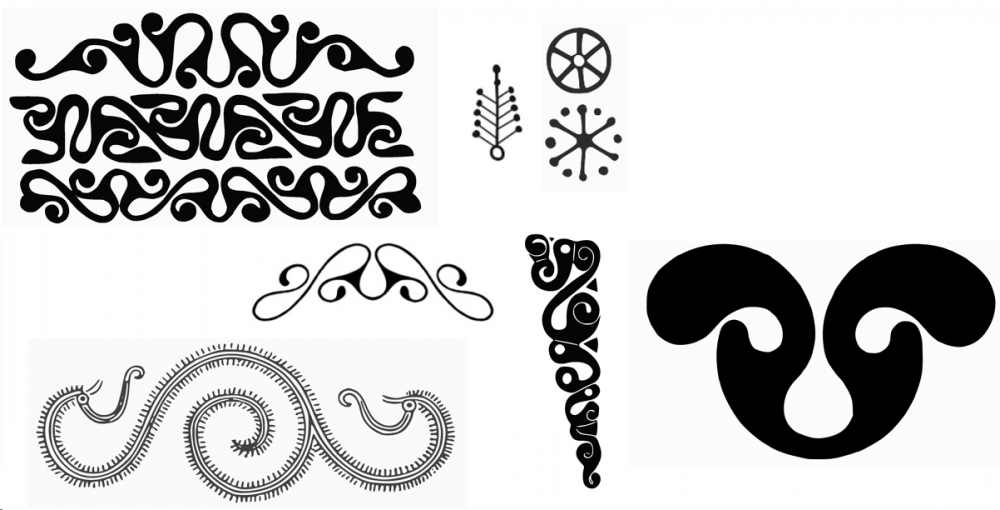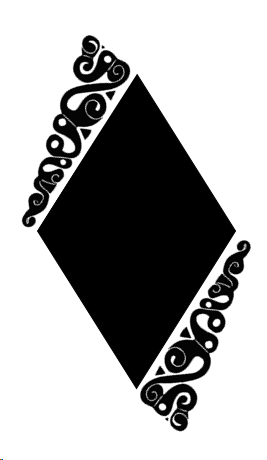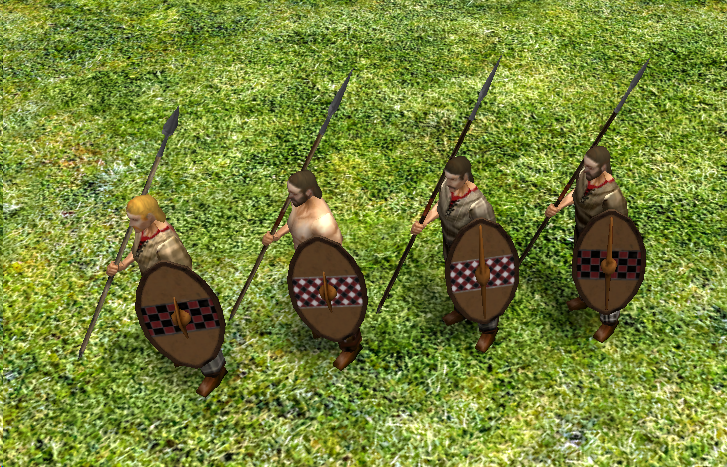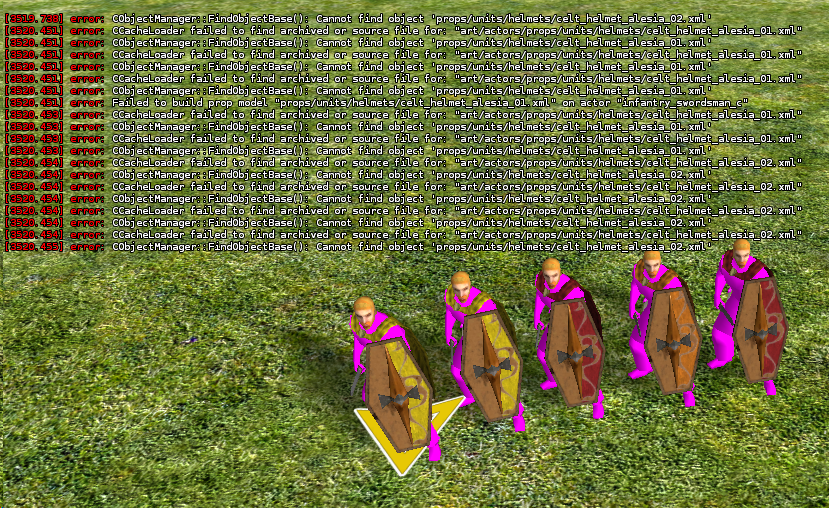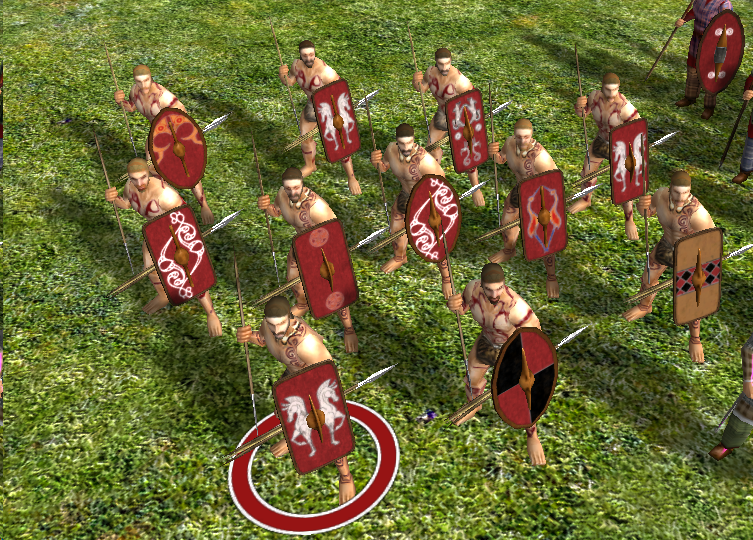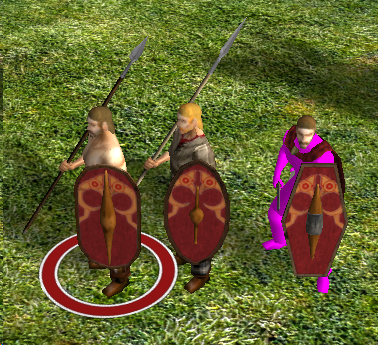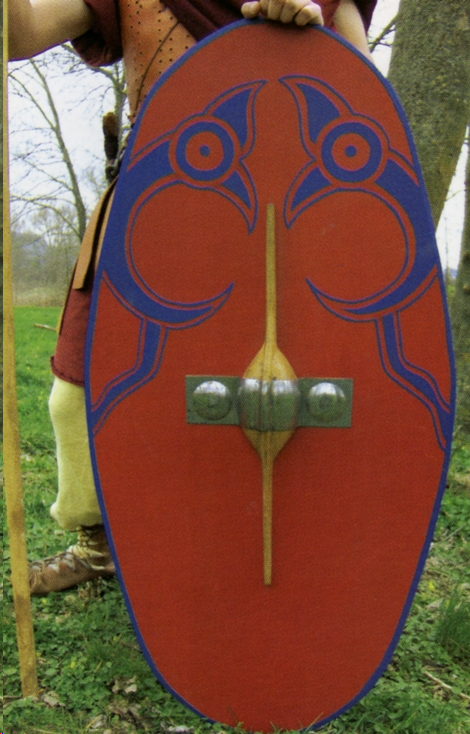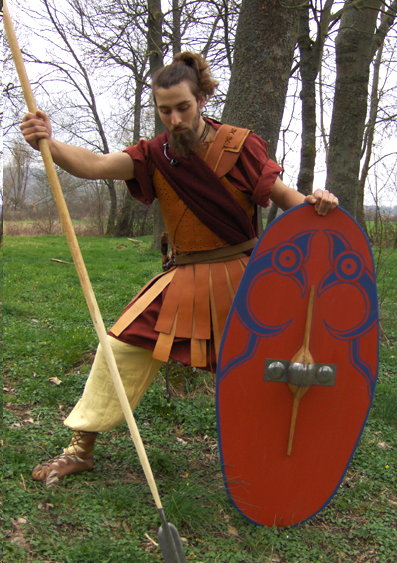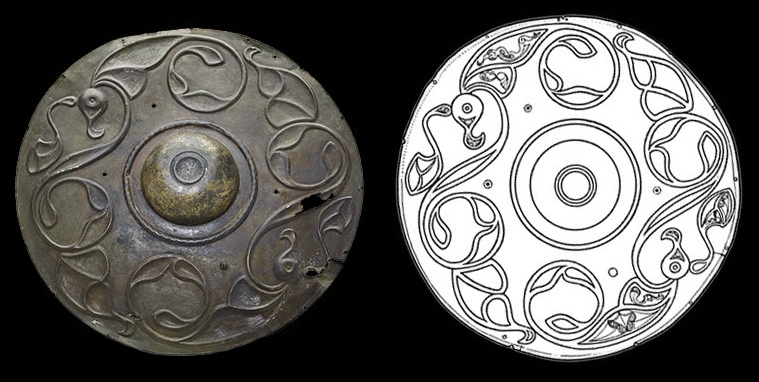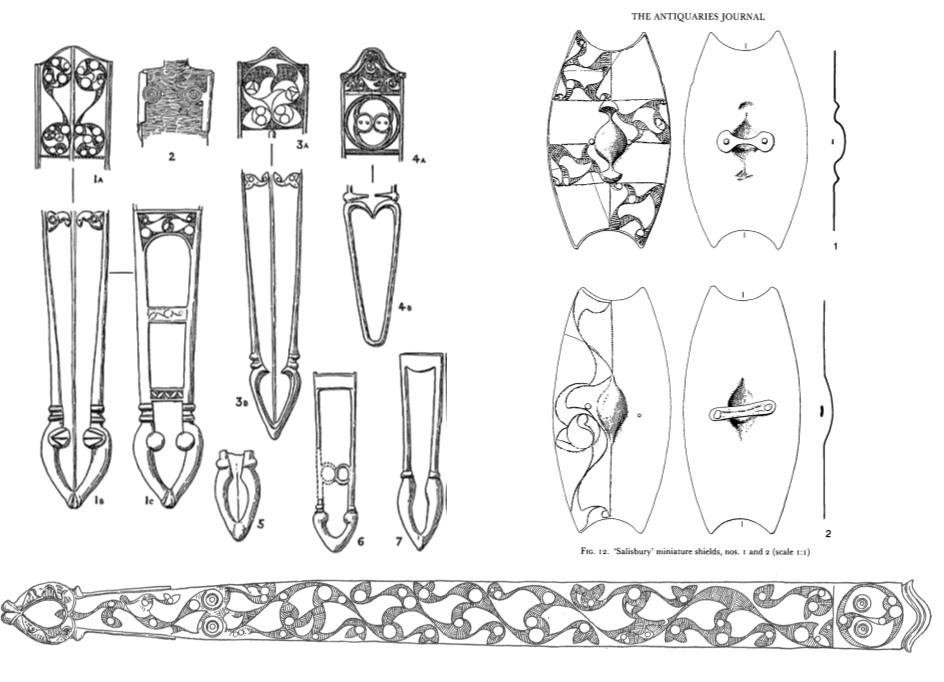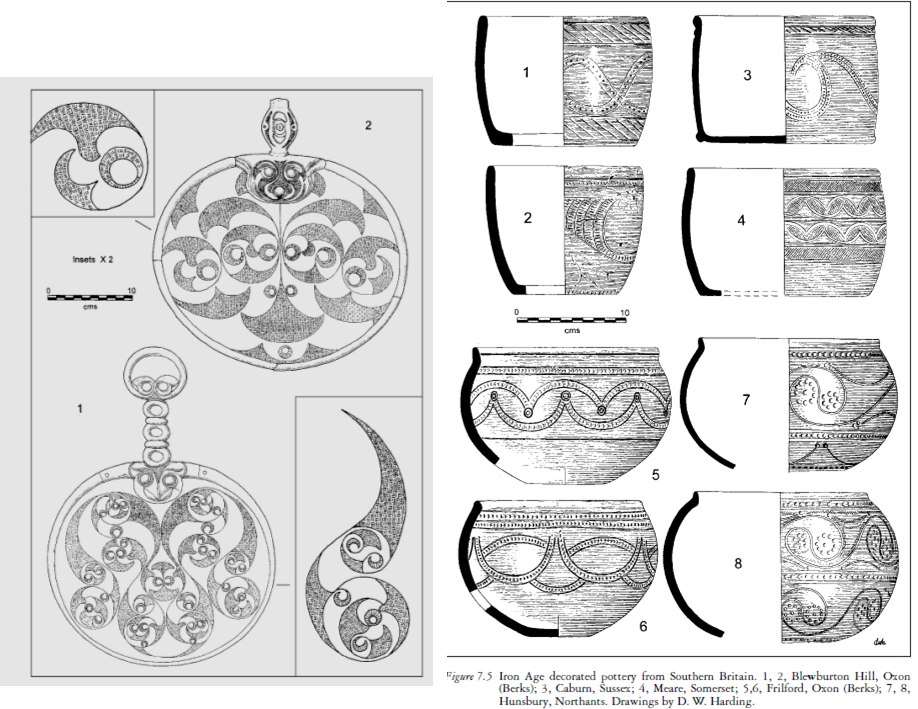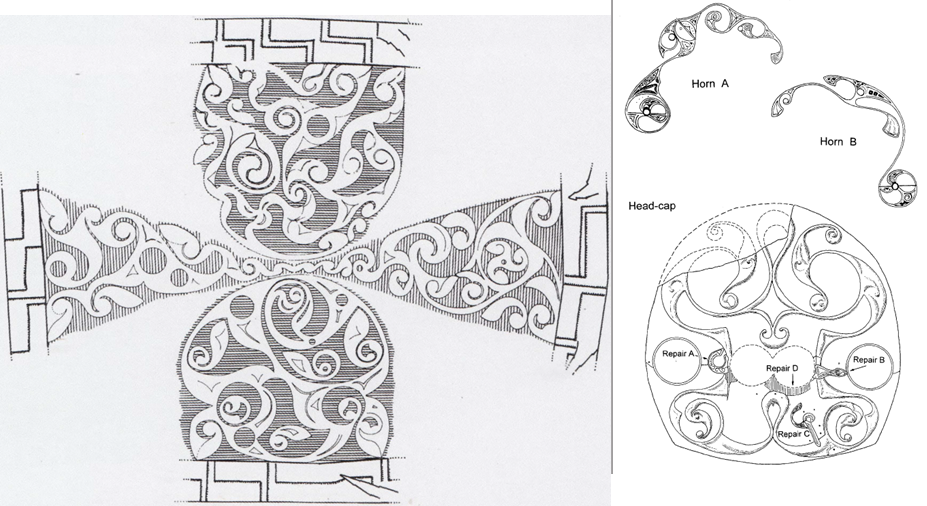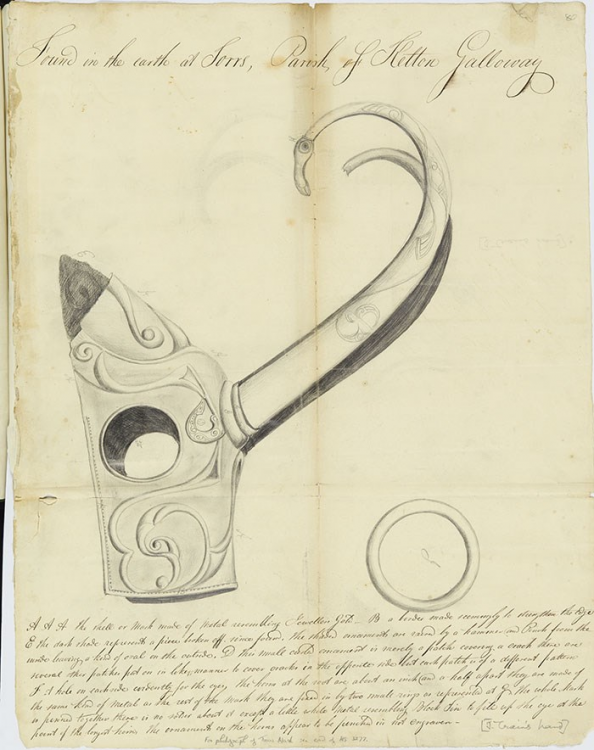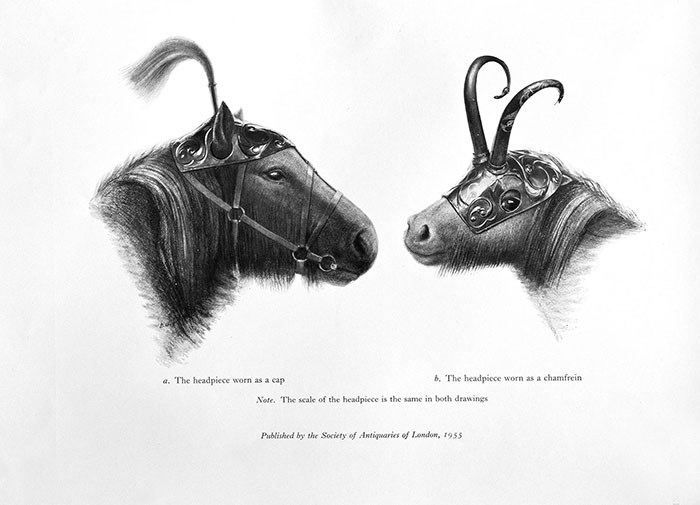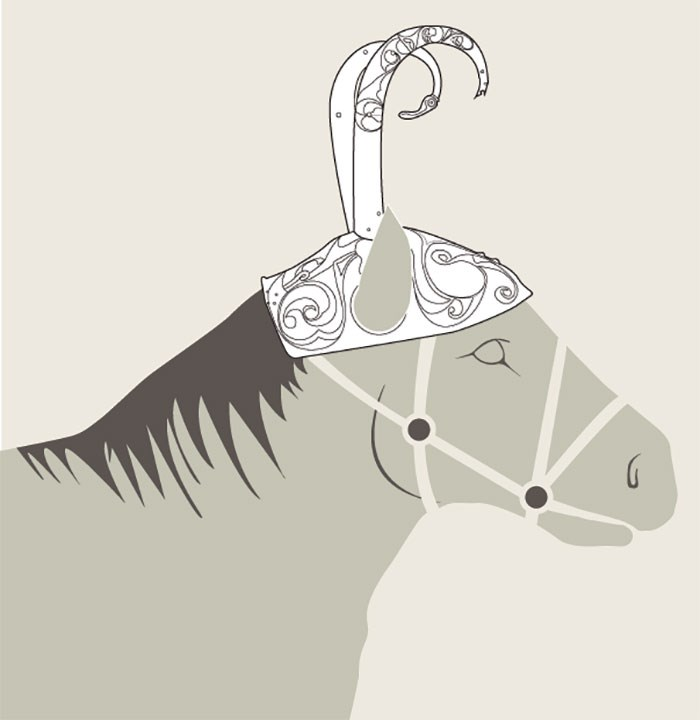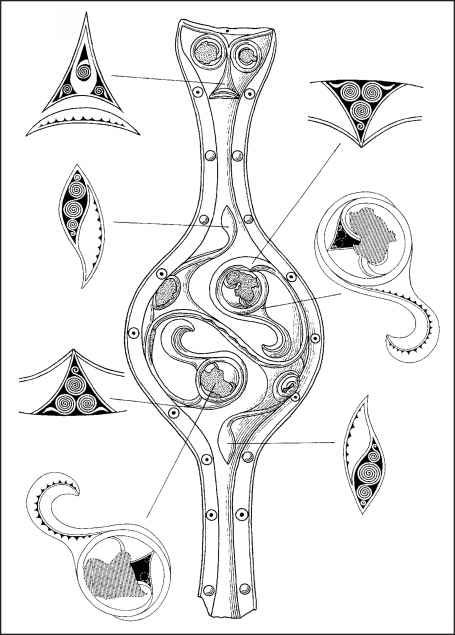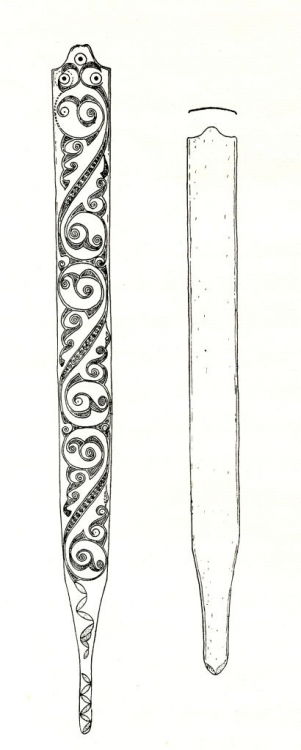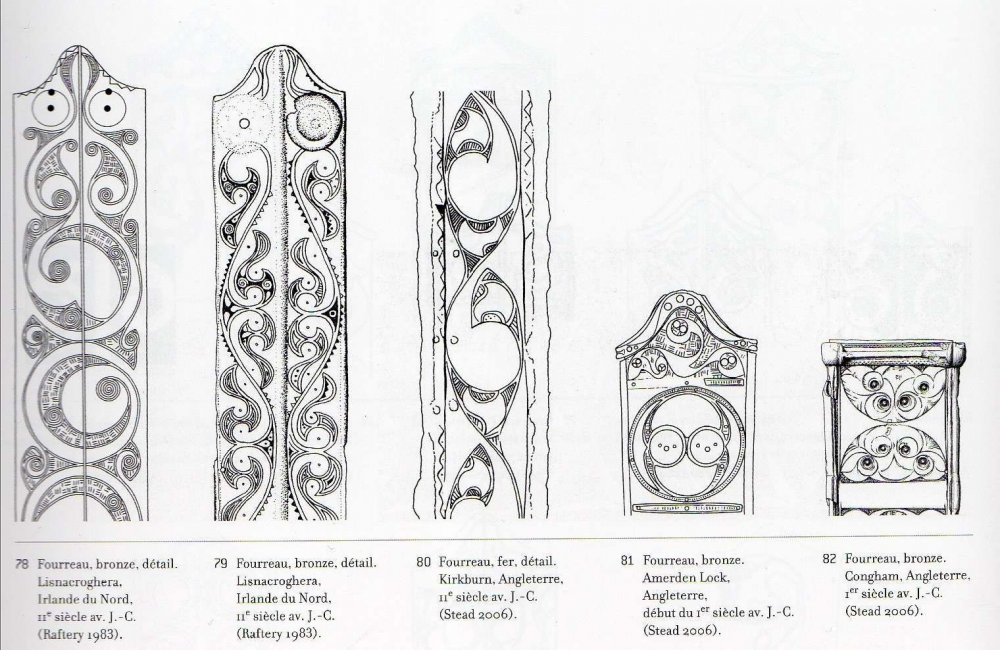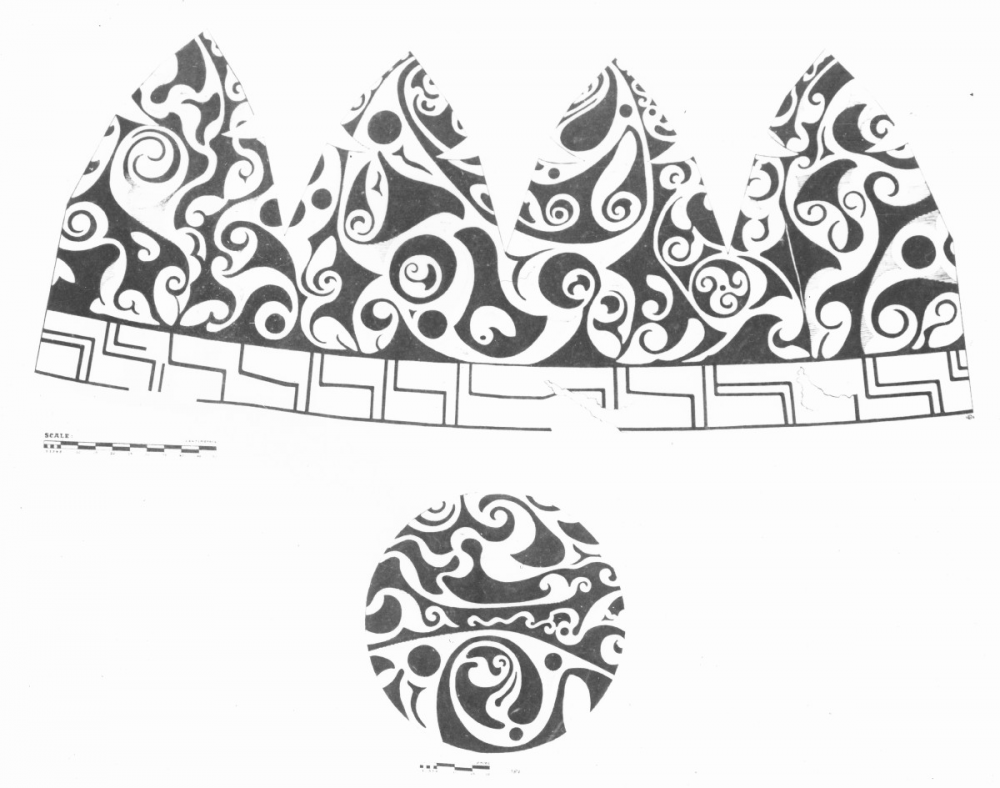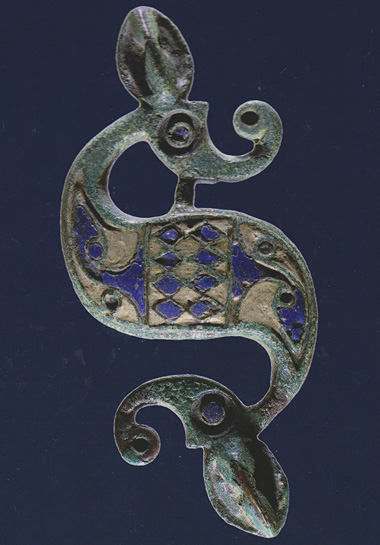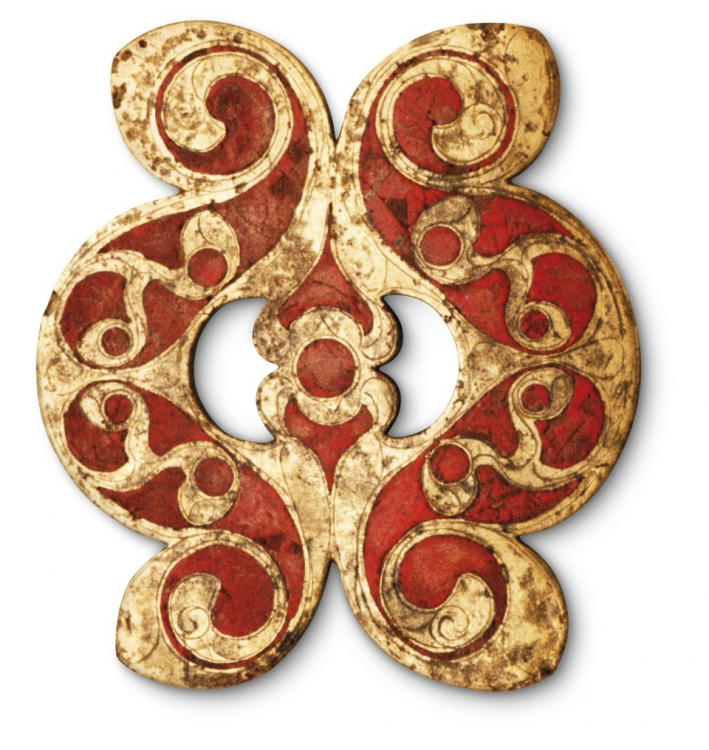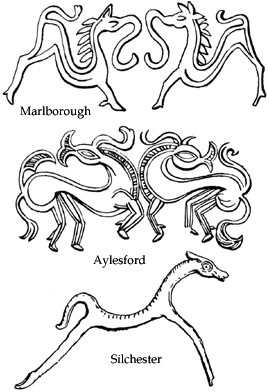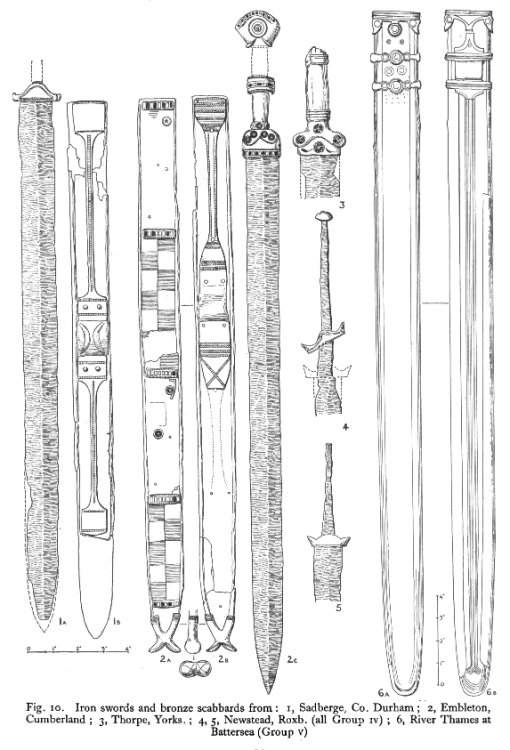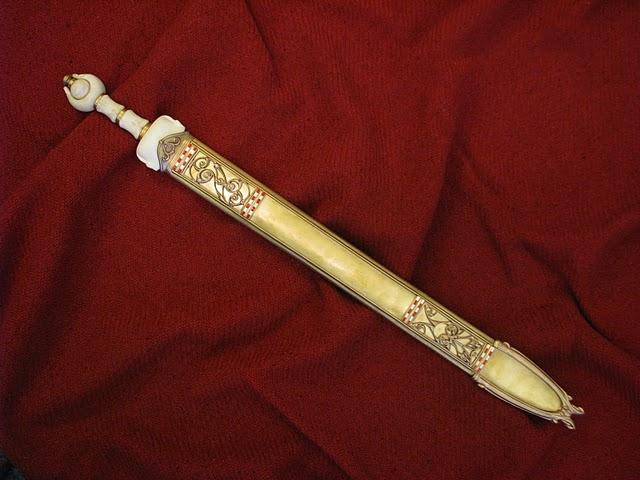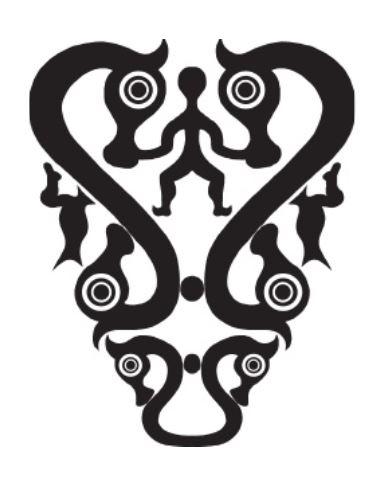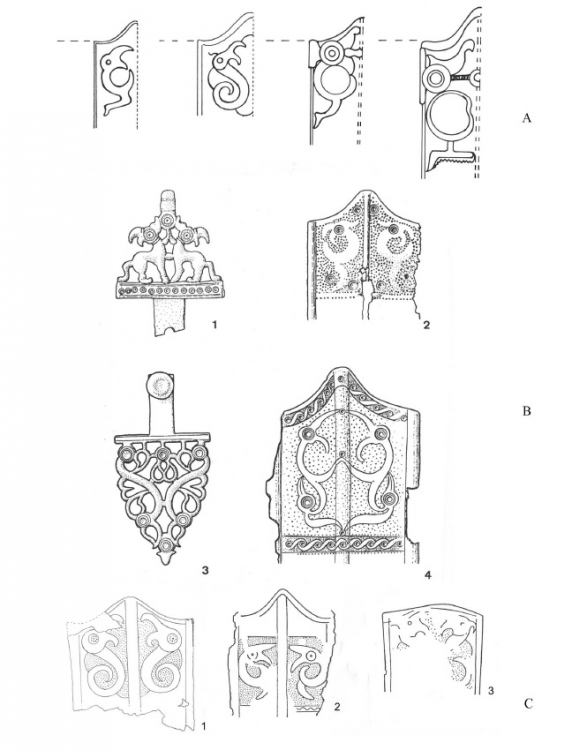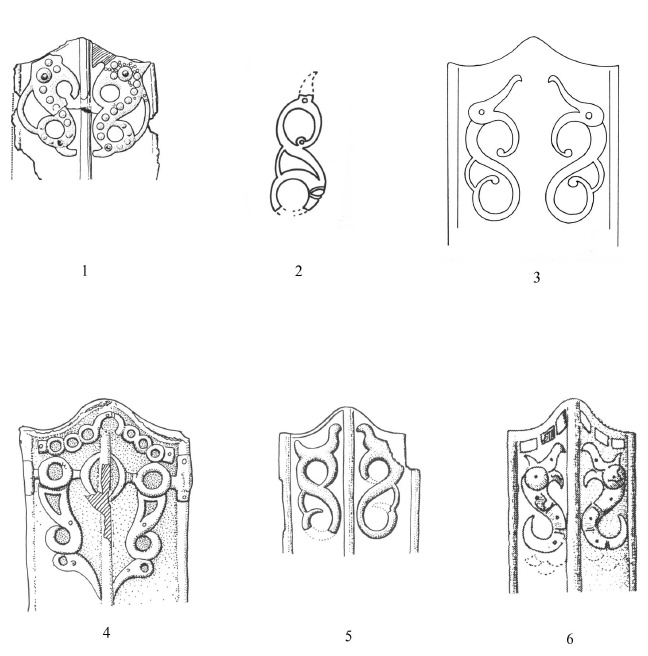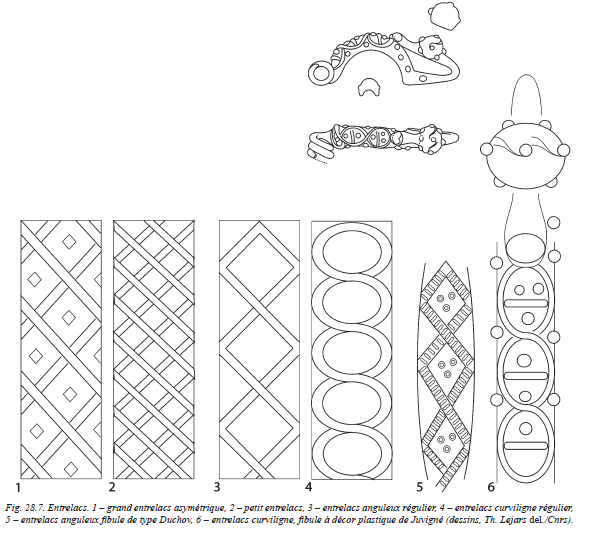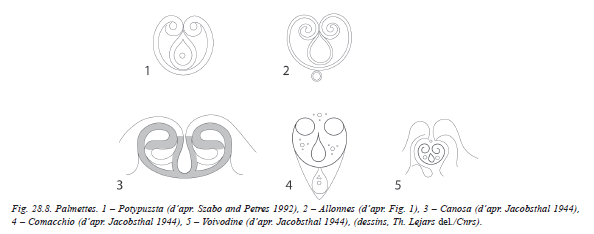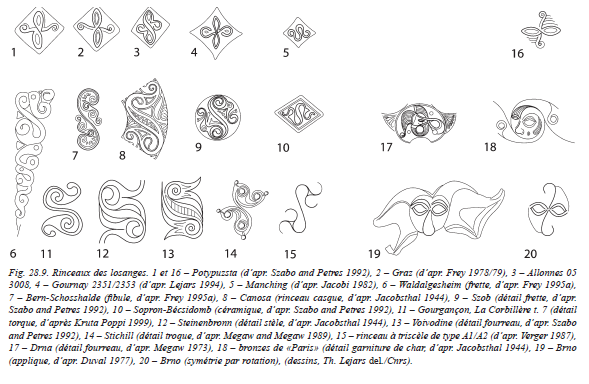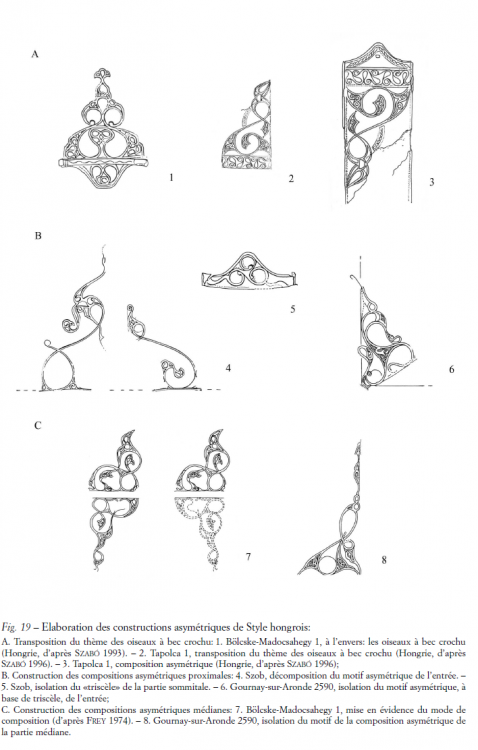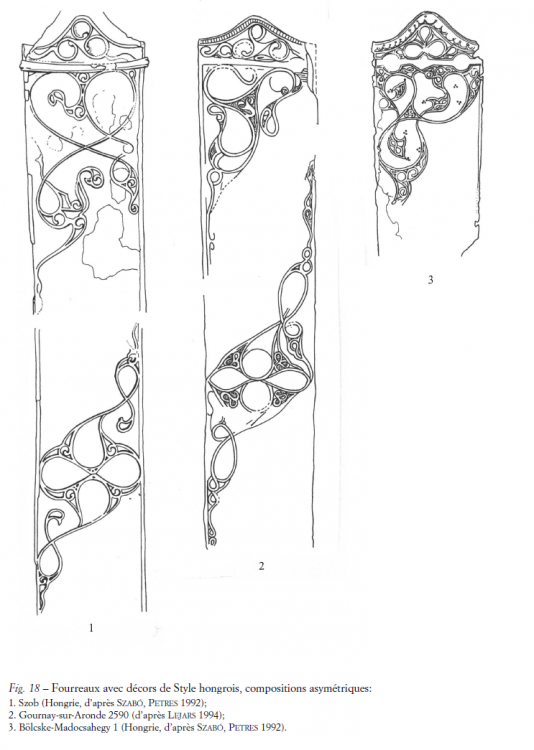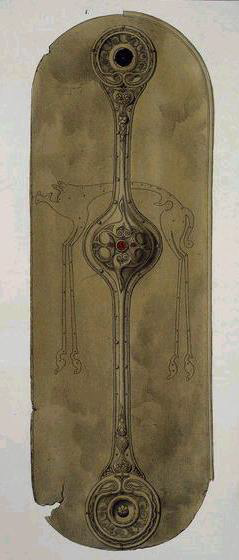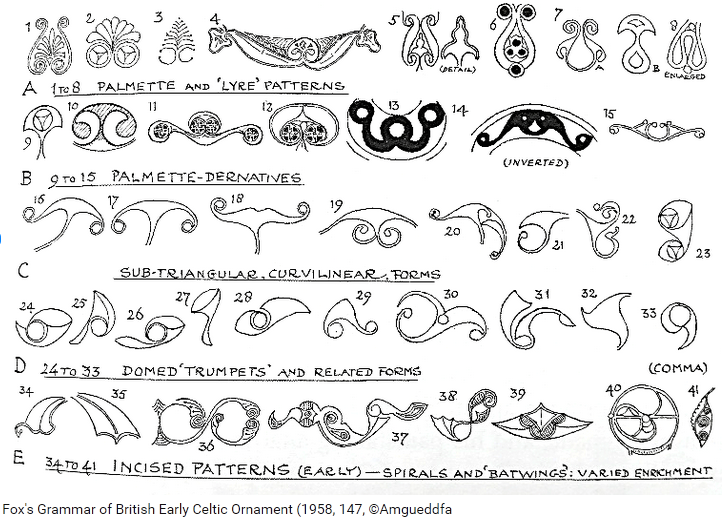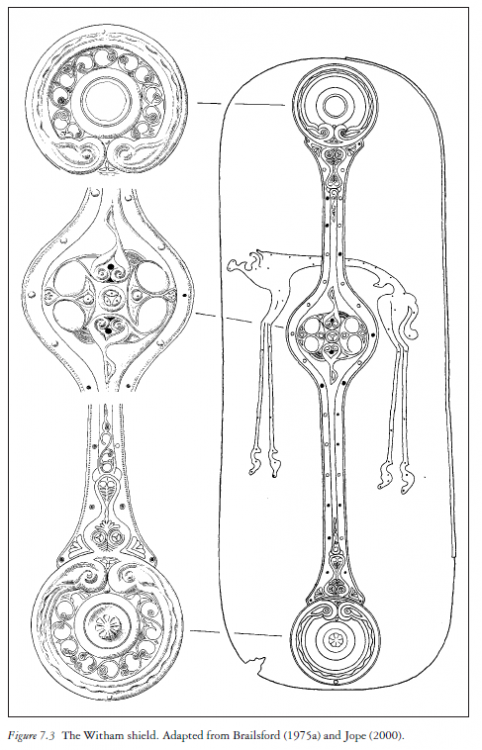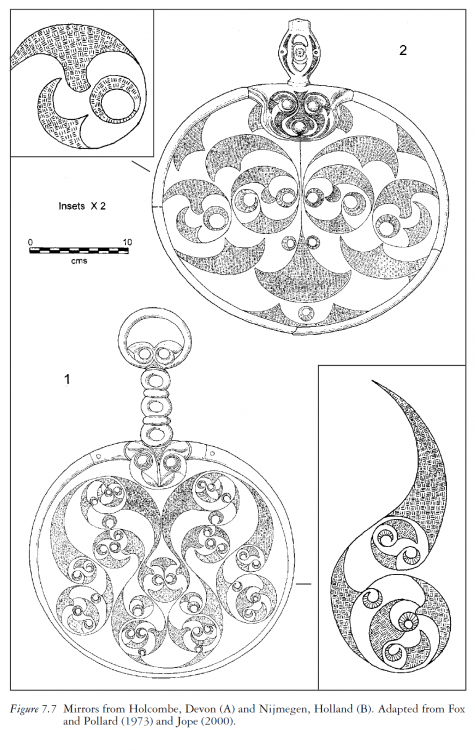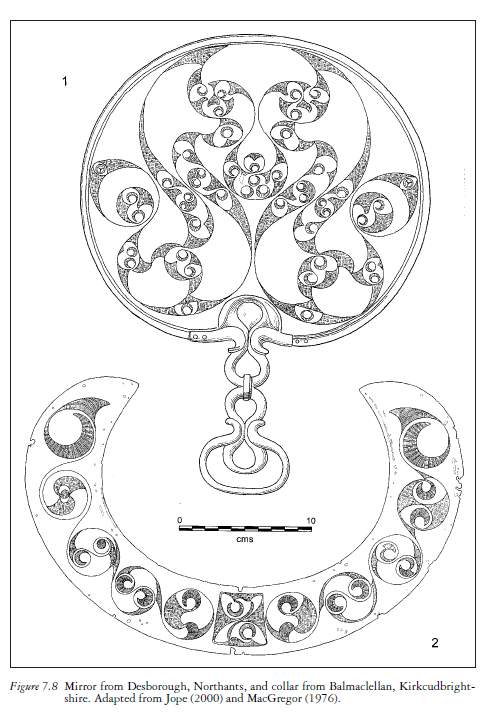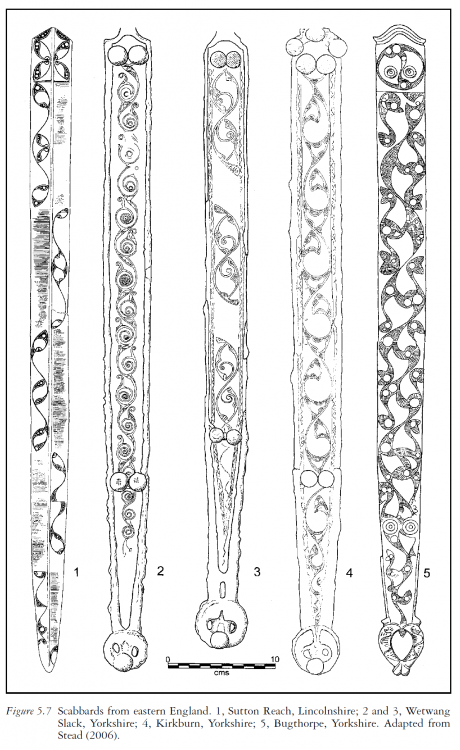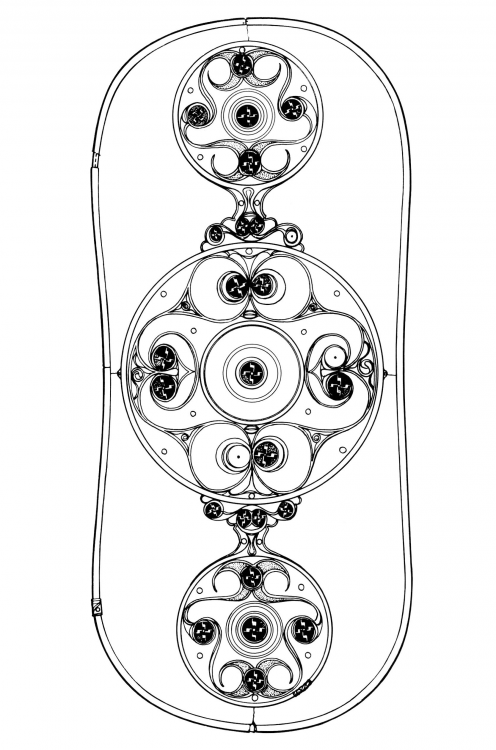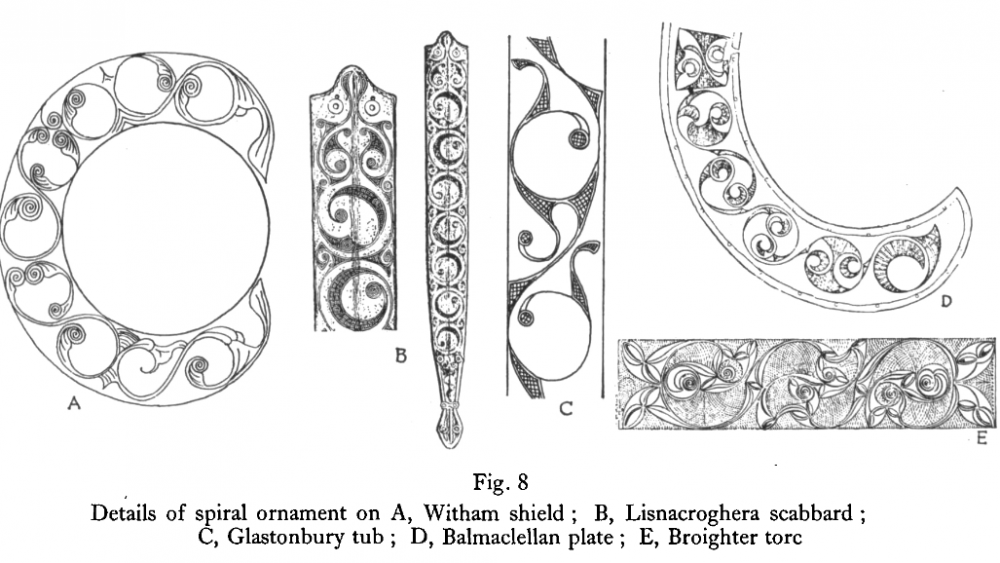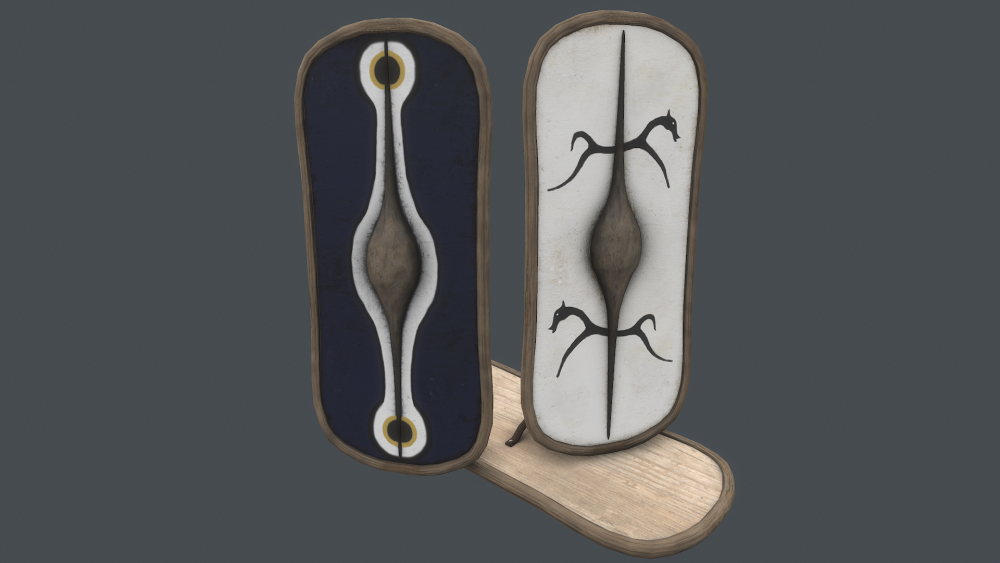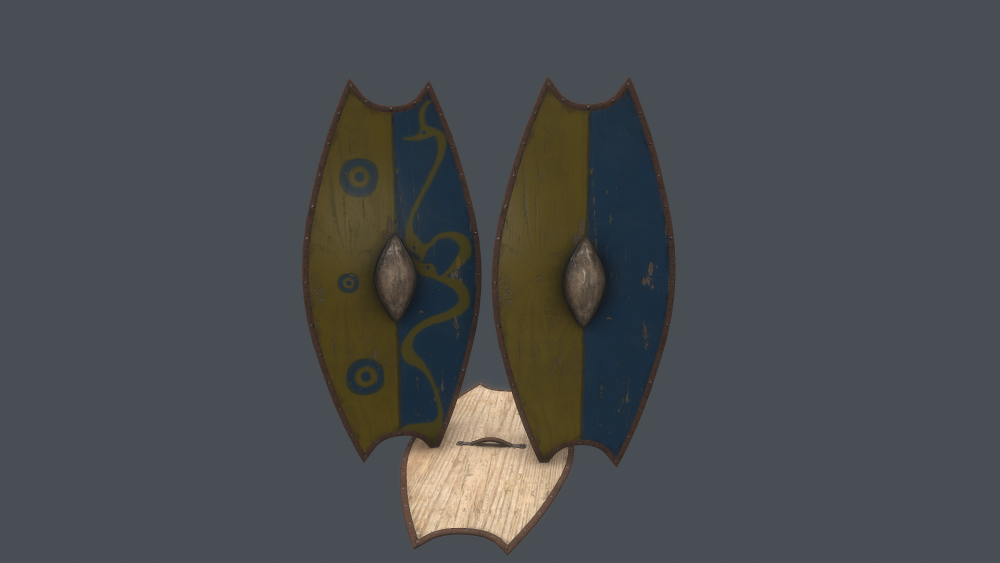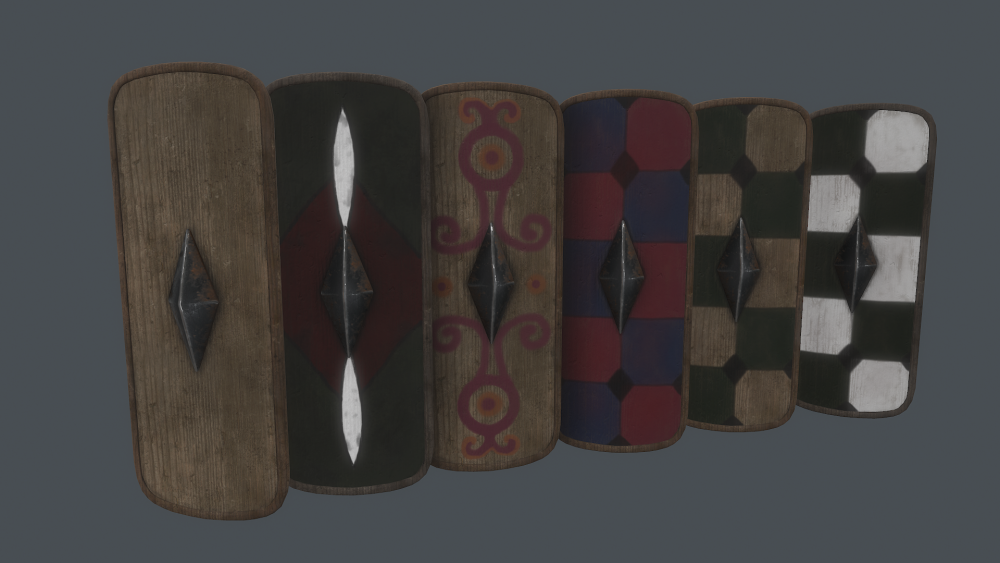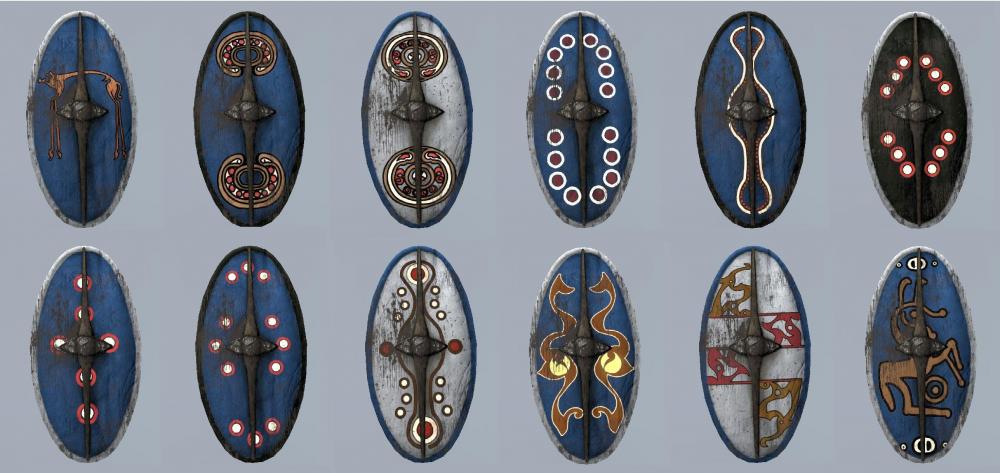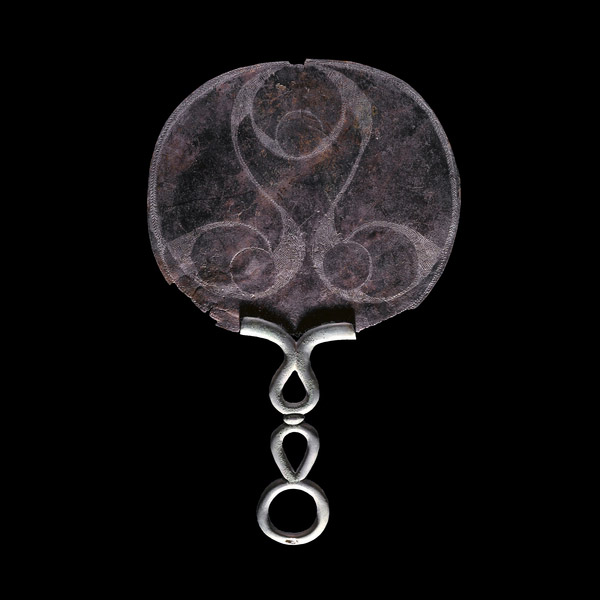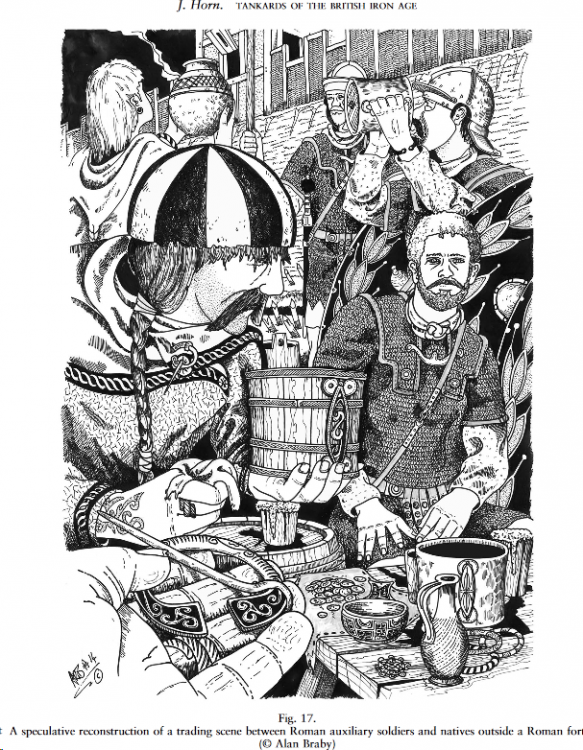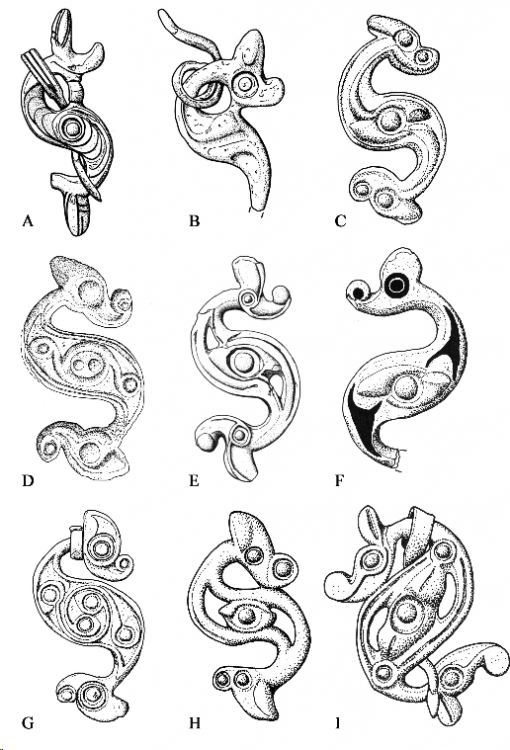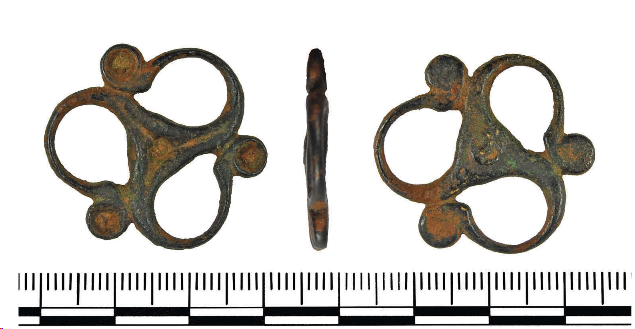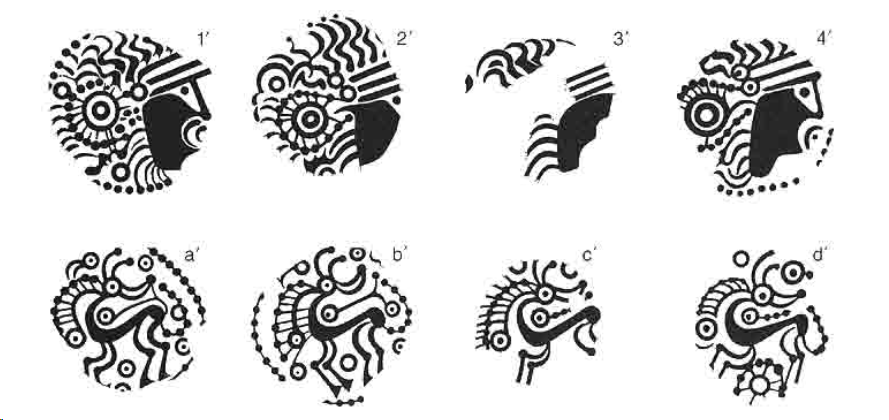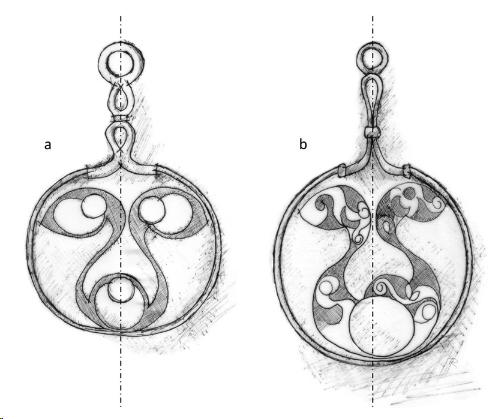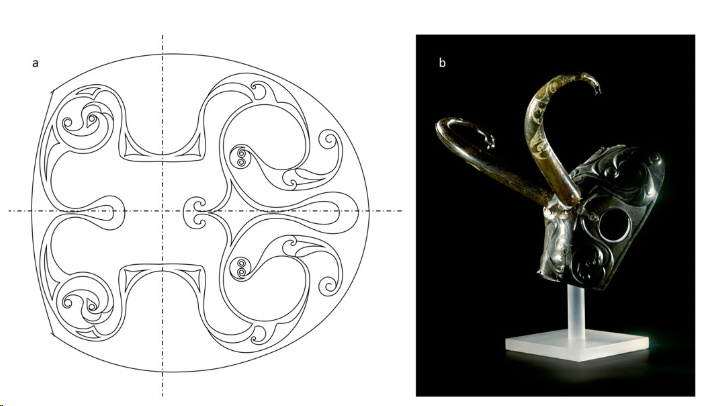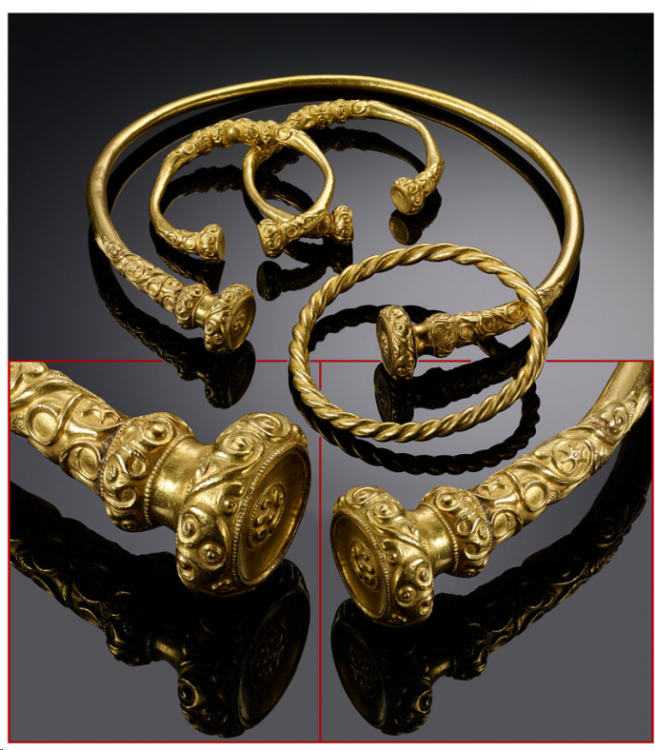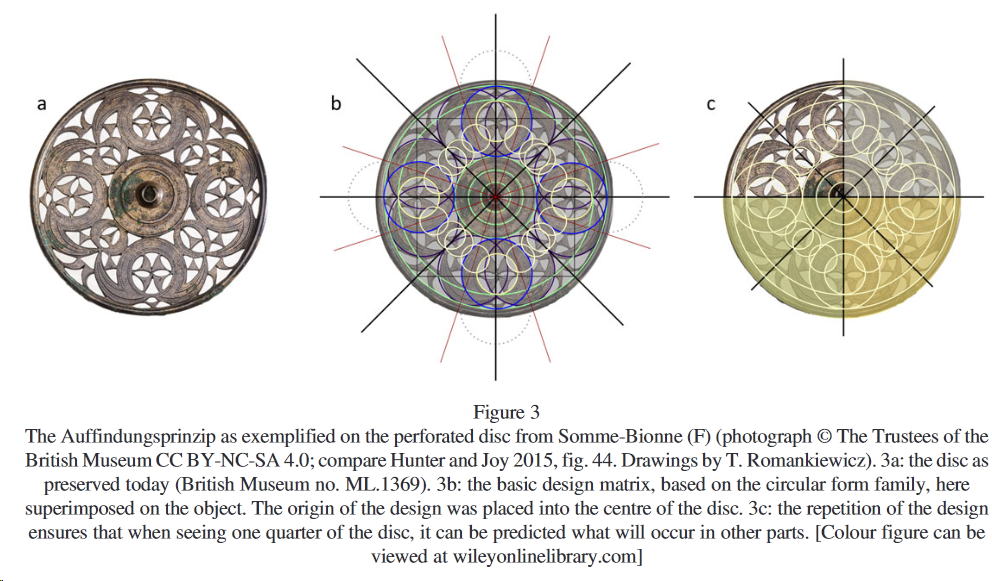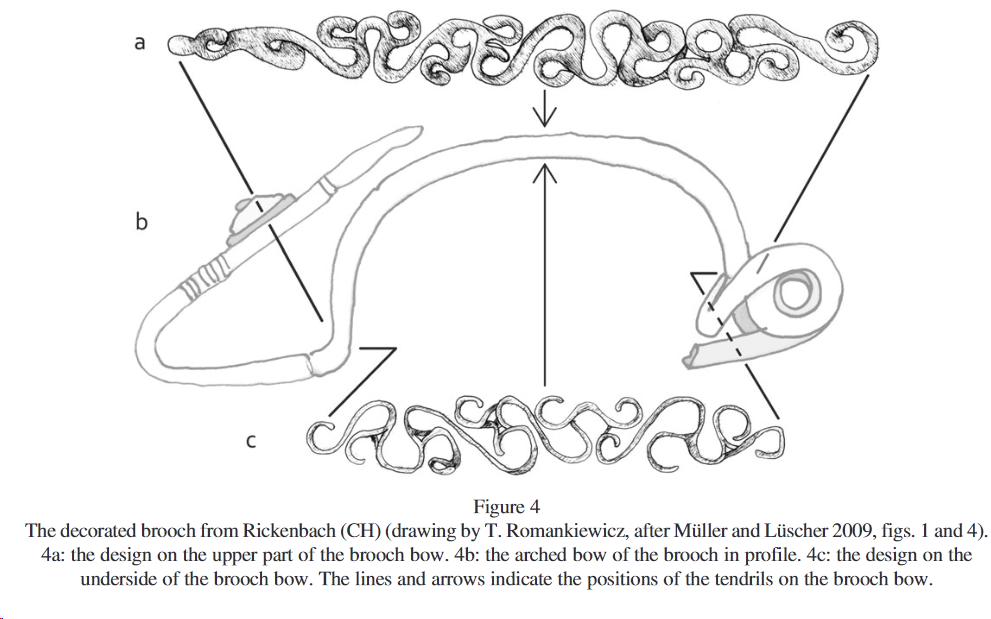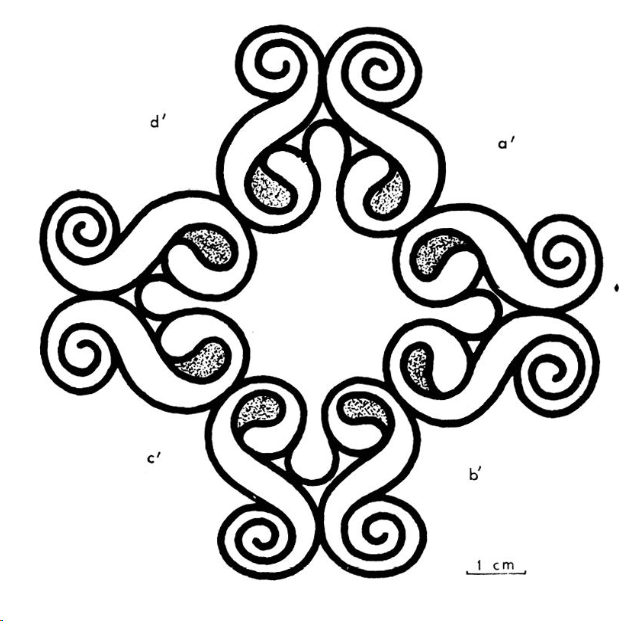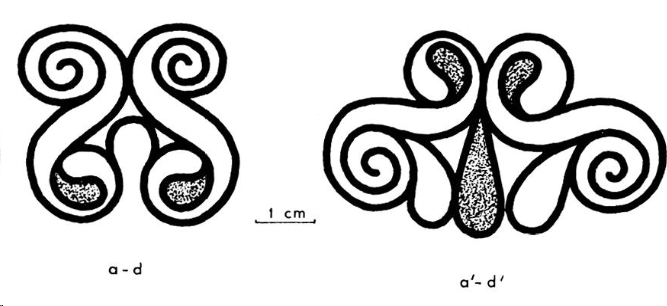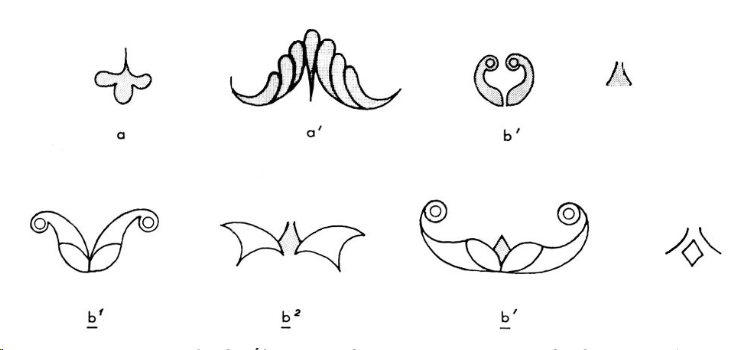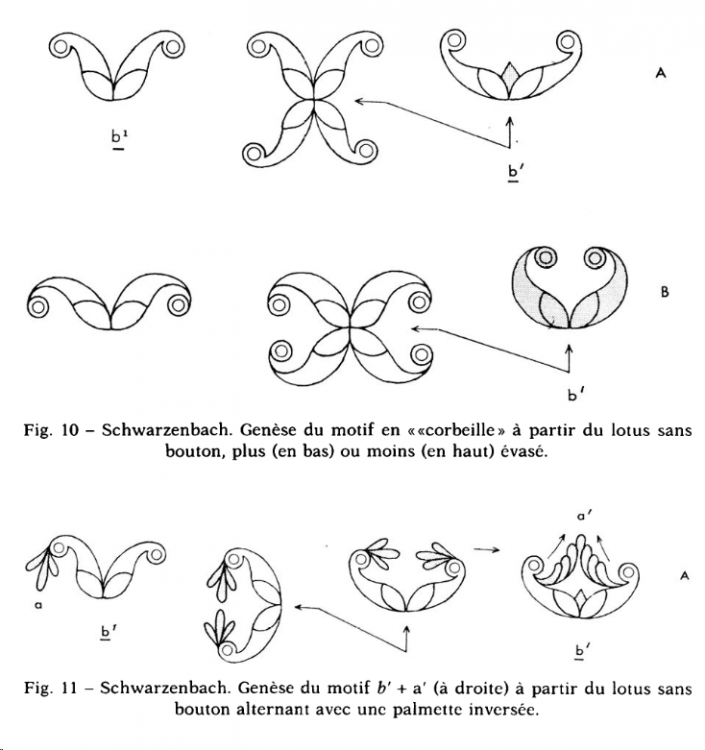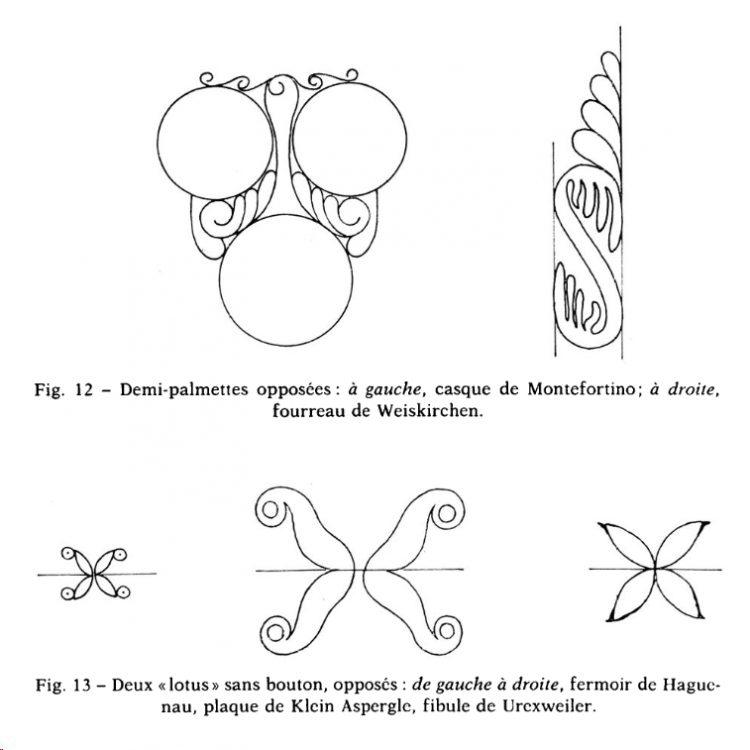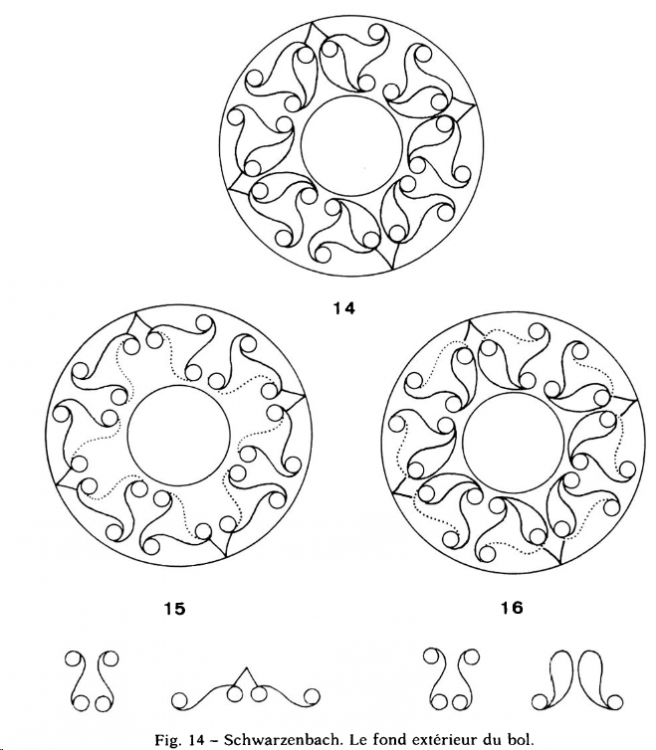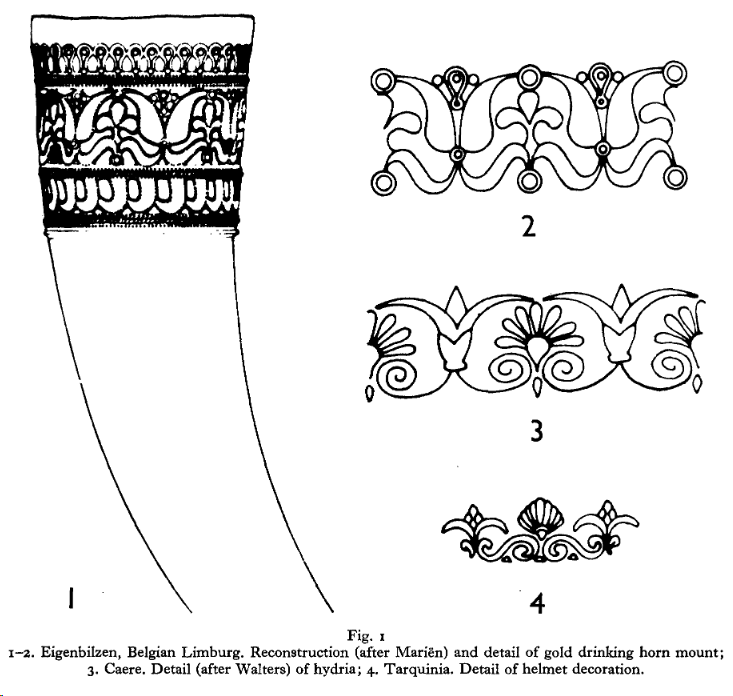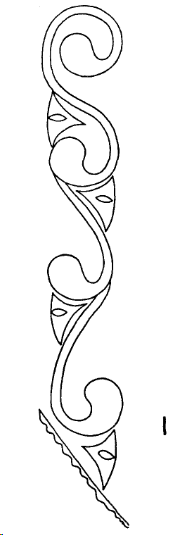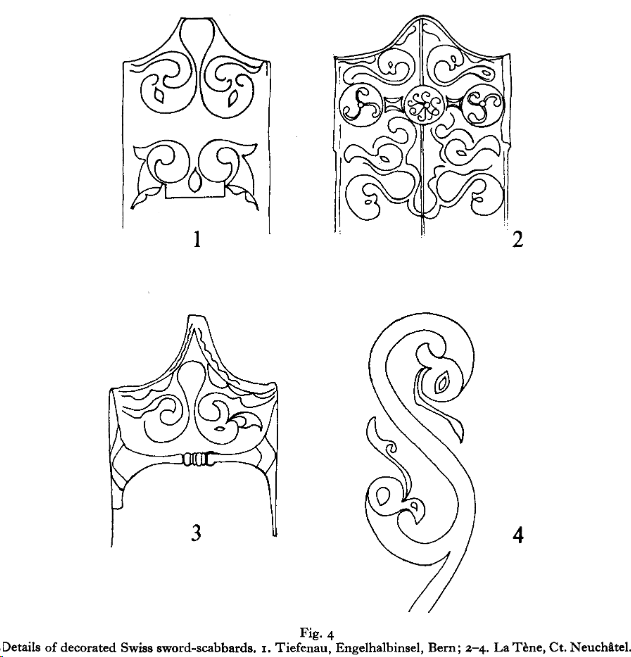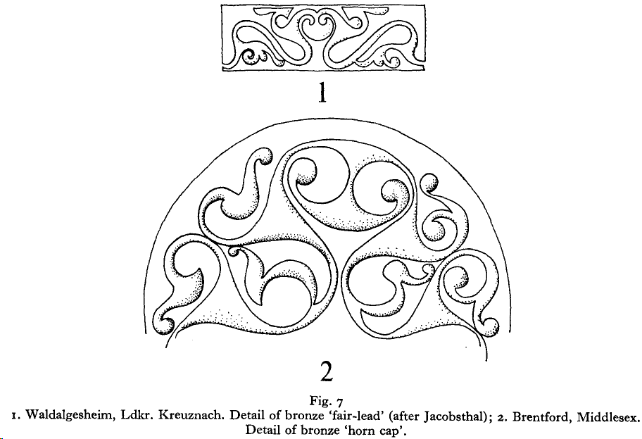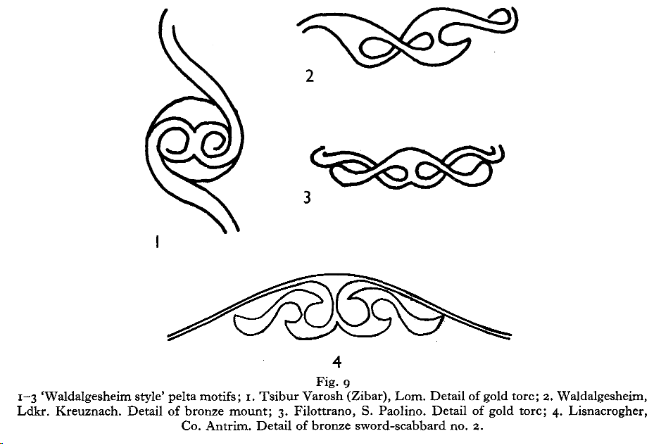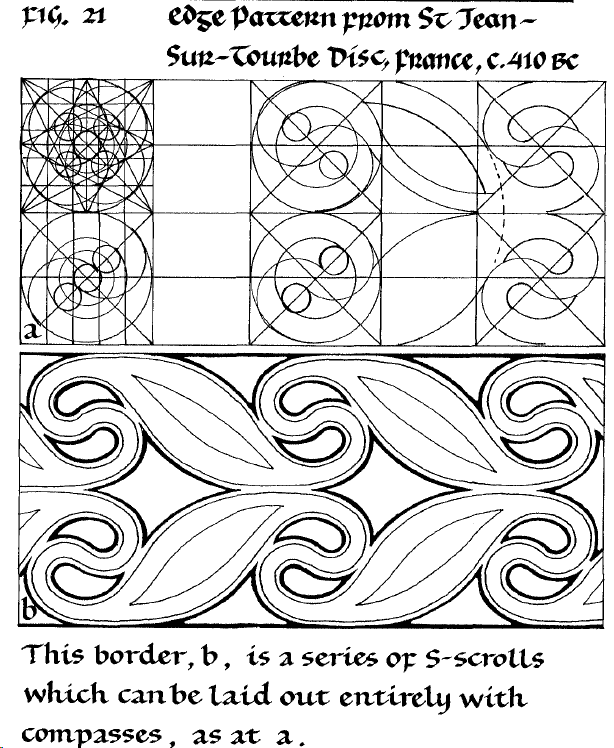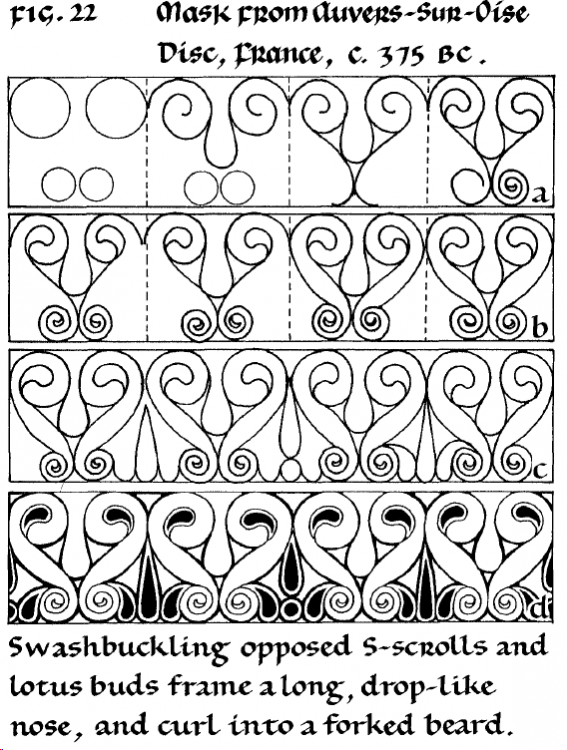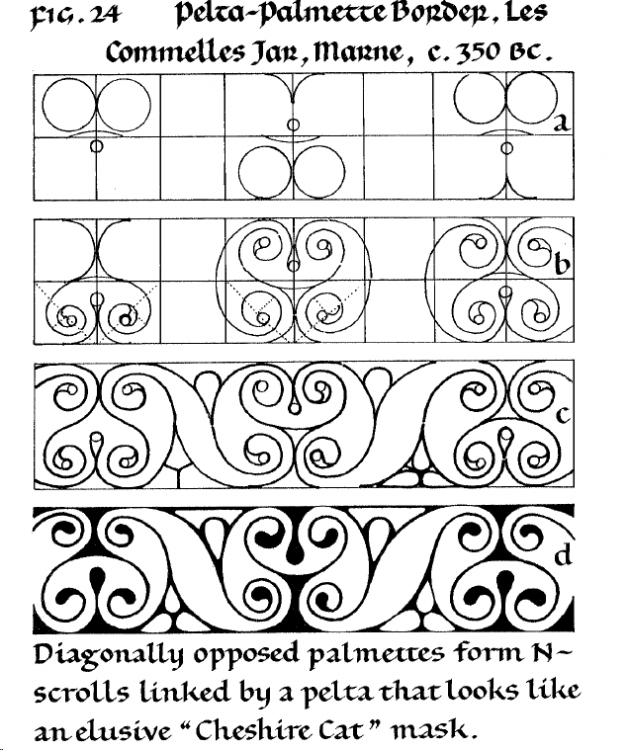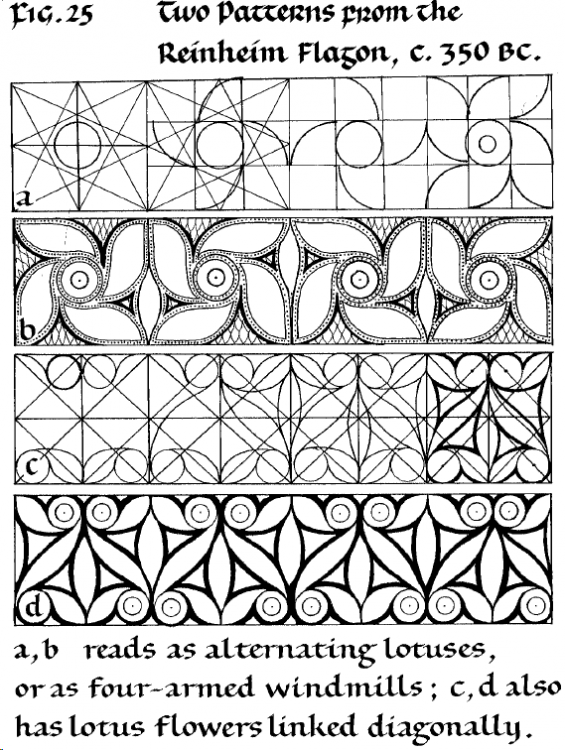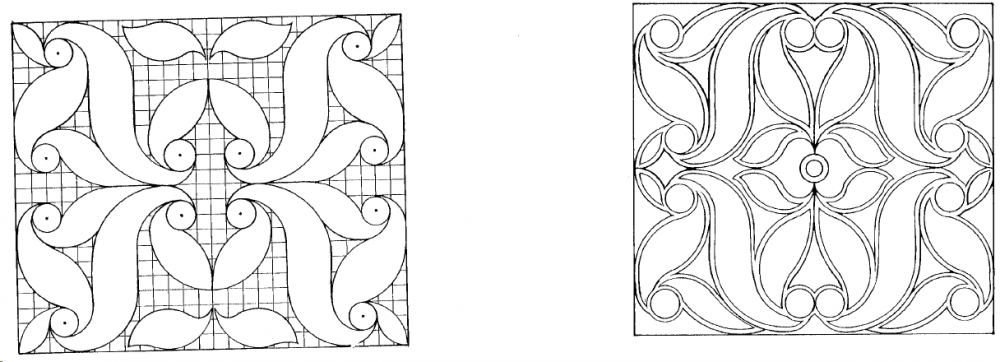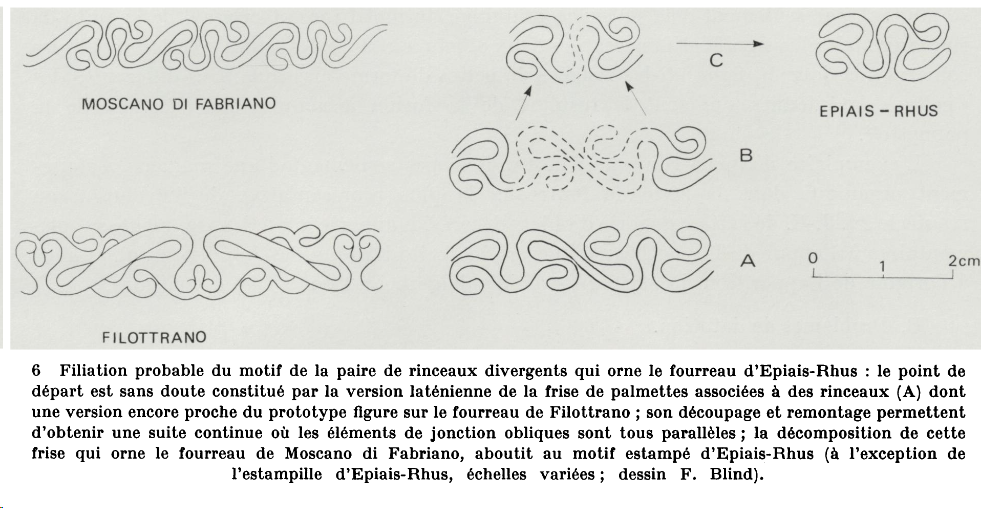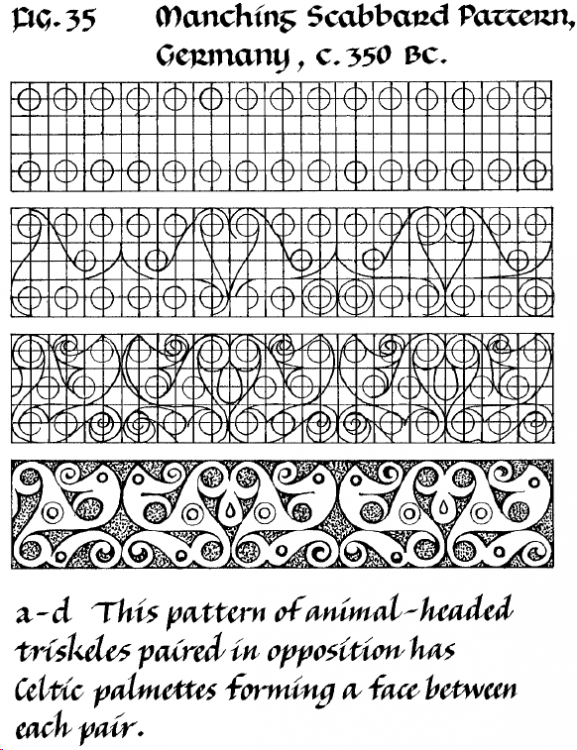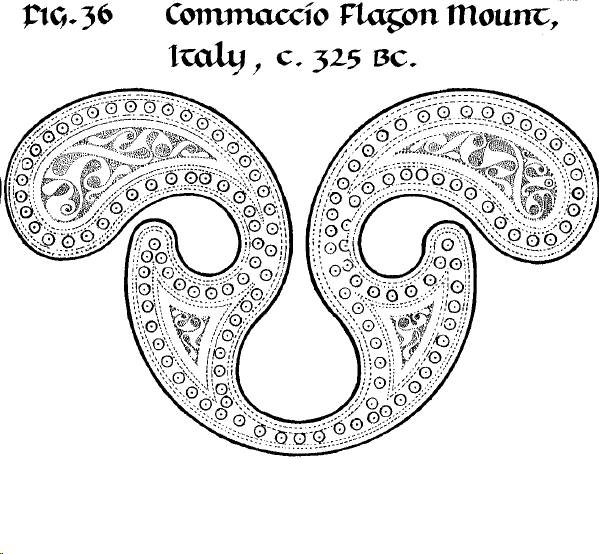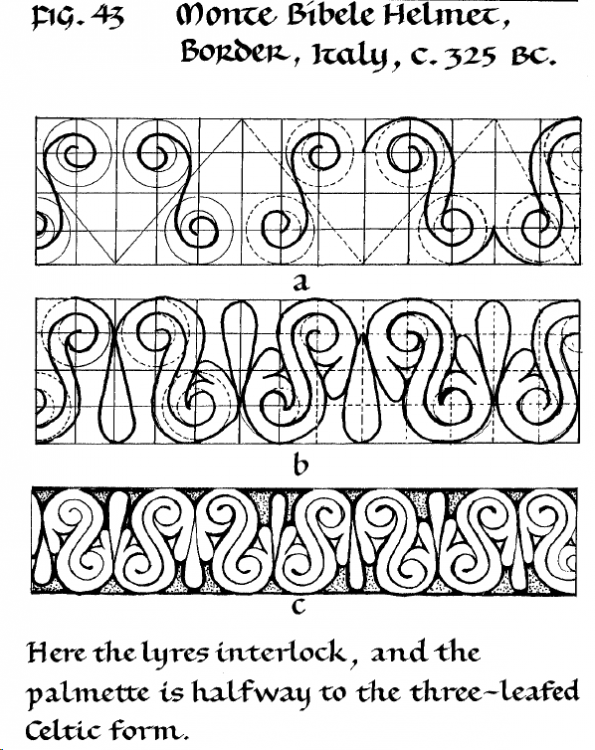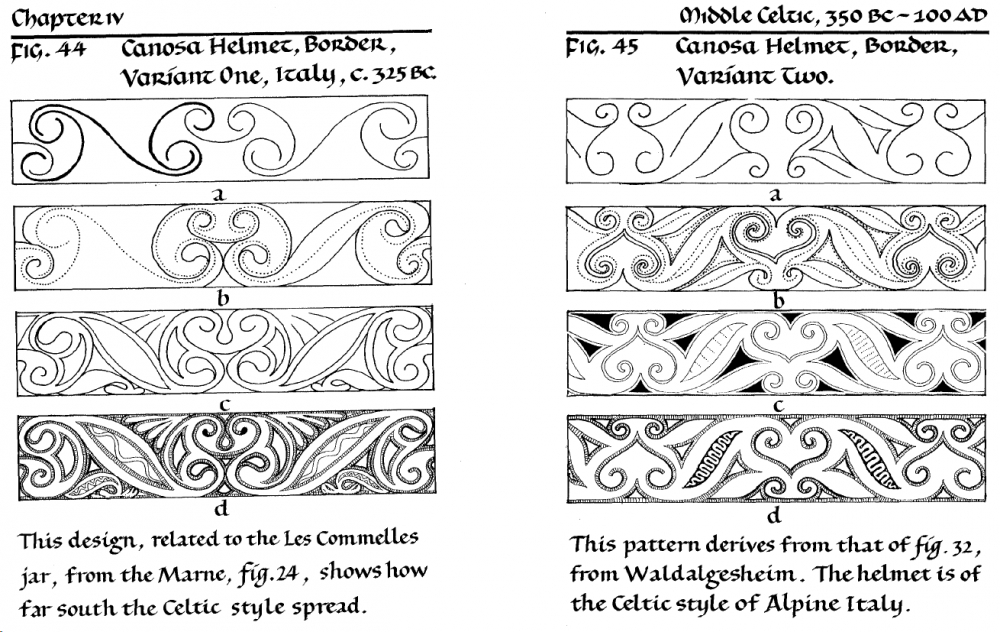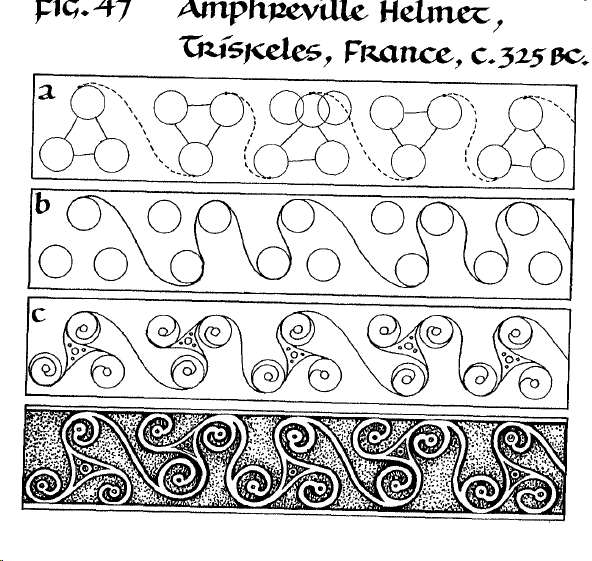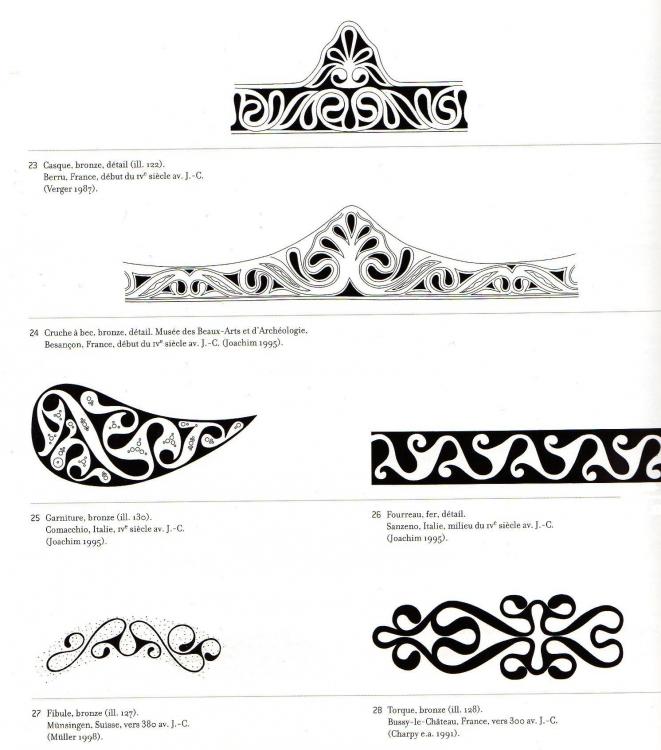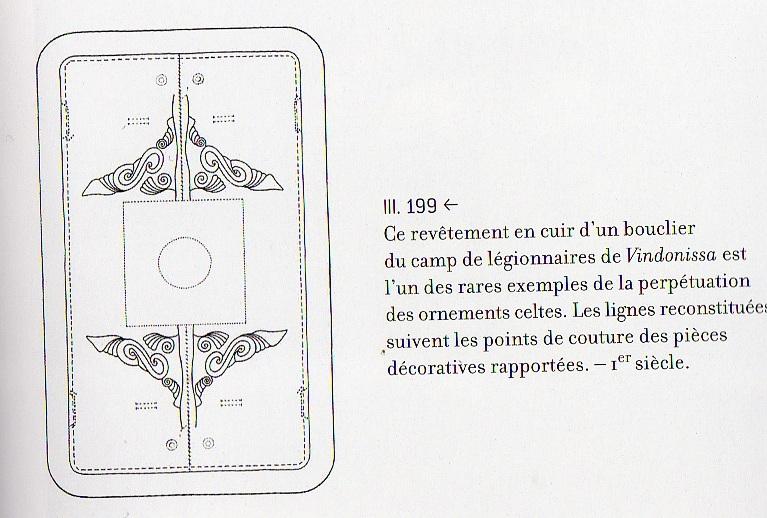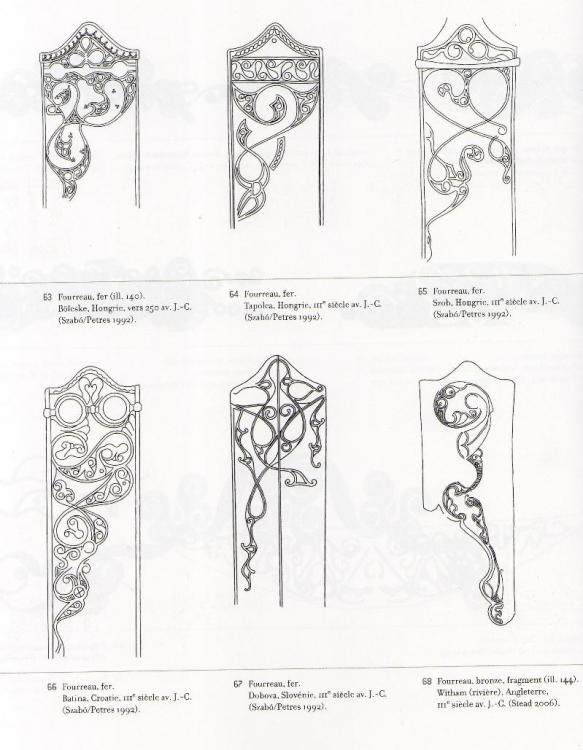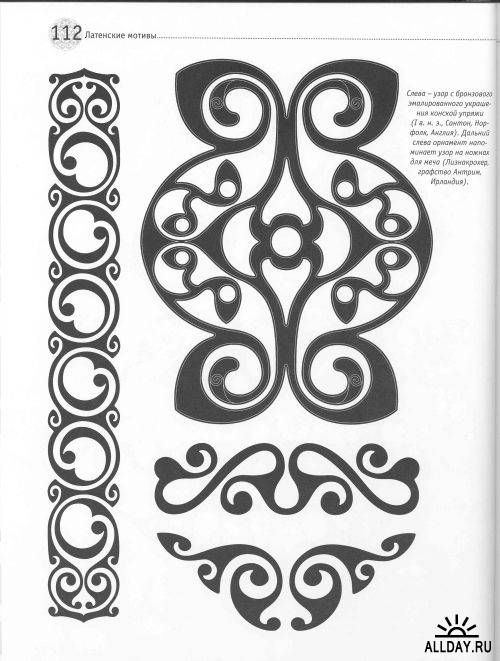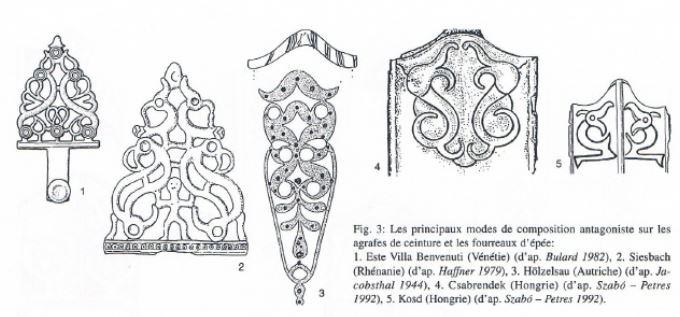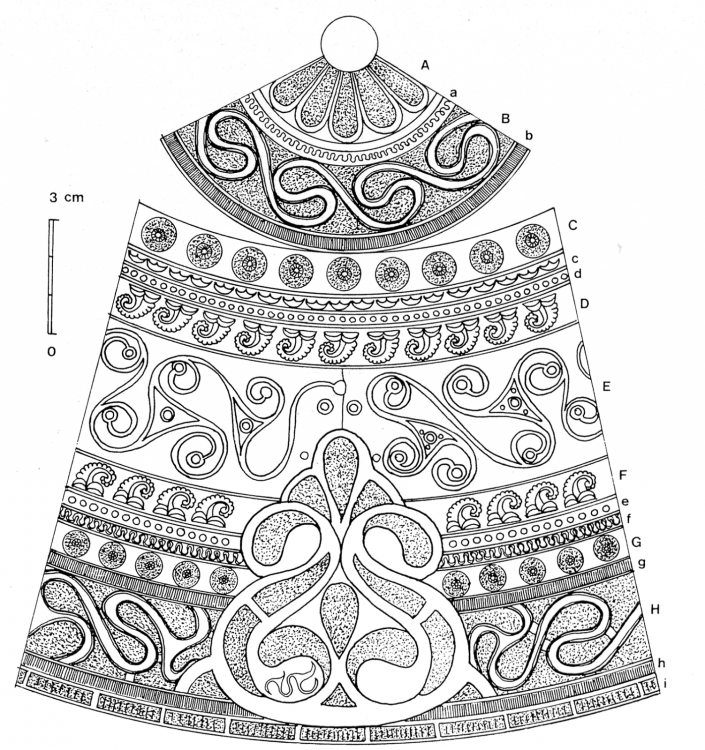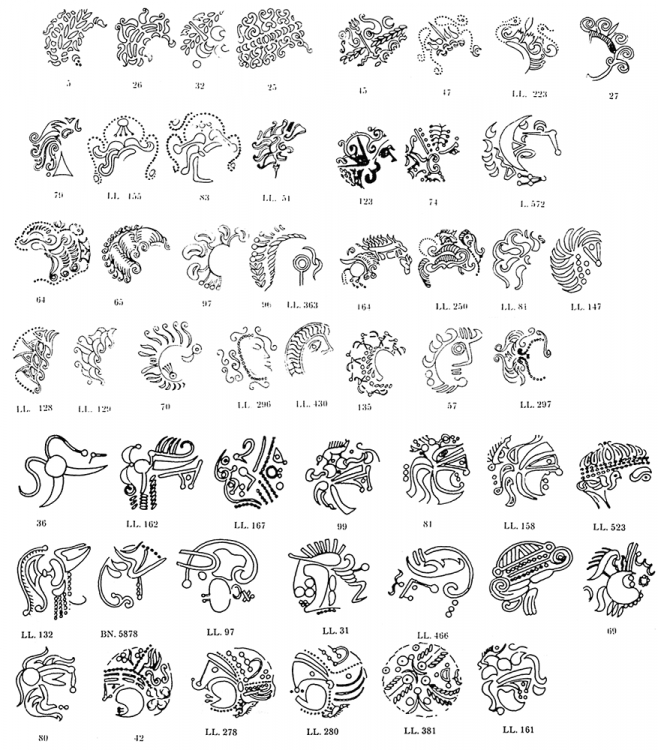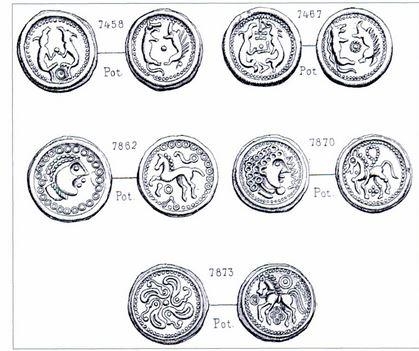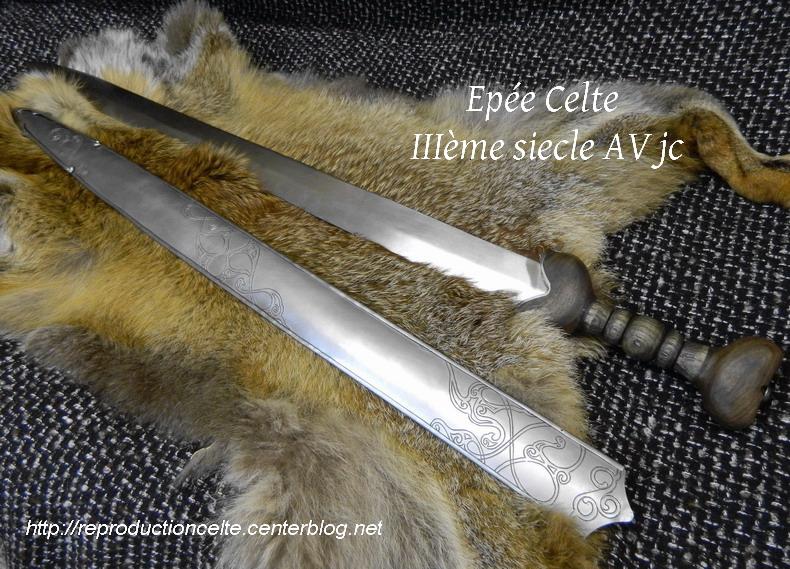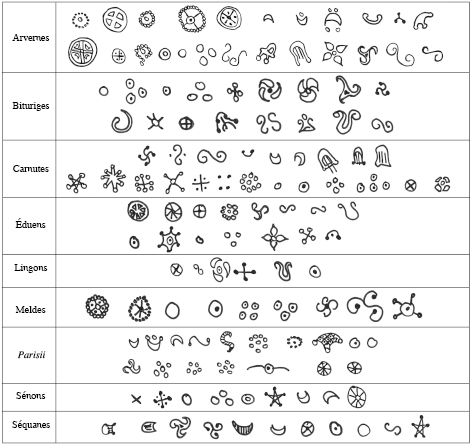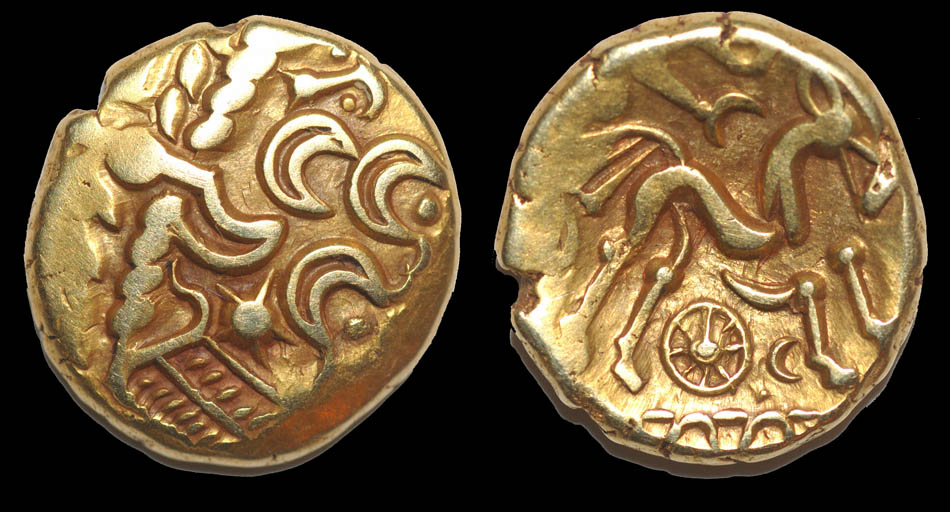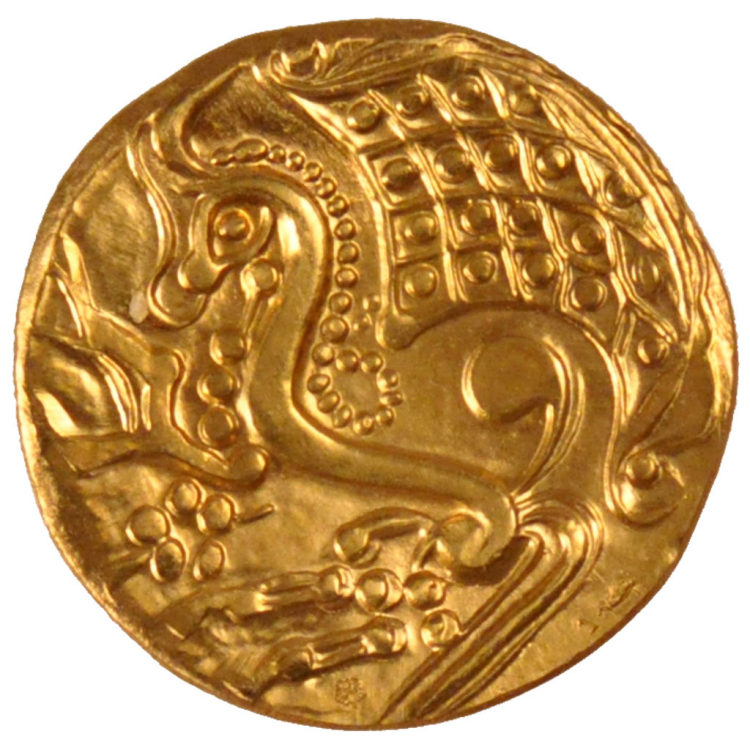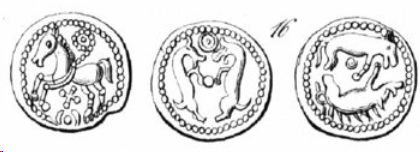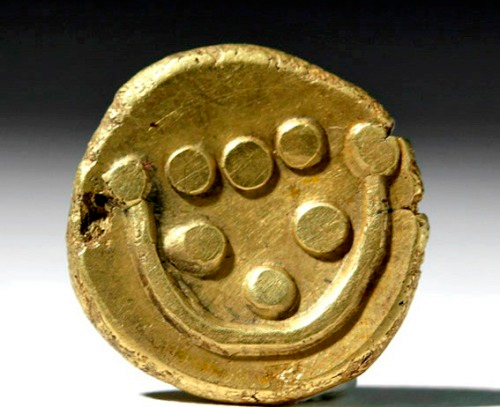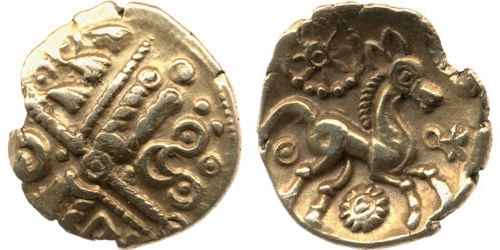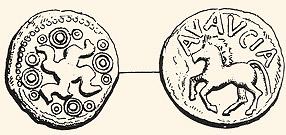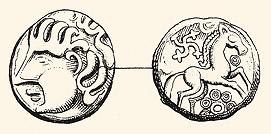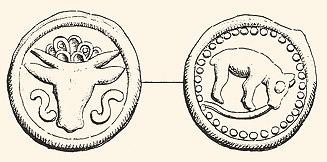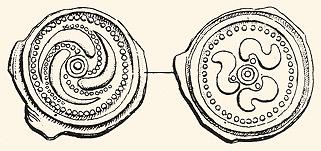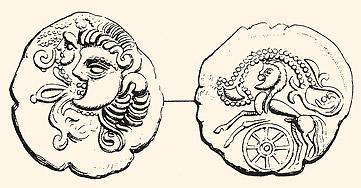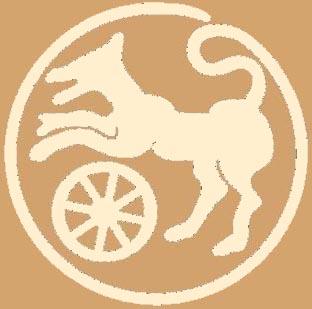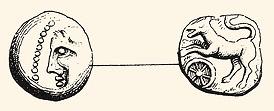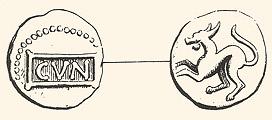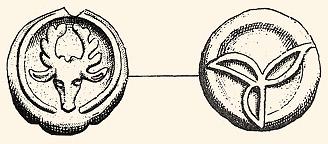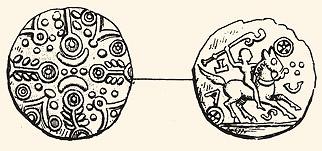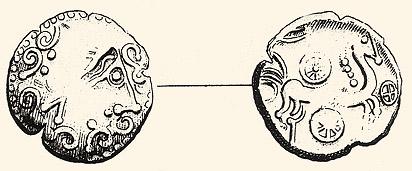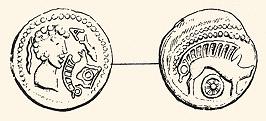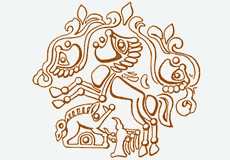-
Posts
2.356 -
Joined
-
Last visited
-
Days Won
79
Everything posted by Genava55
-
I agree on the idea but this could be more about "regional" units than mercenaries. It could be also special abilities for some factions, like the Romans and the Persians, getting new available auxiliaries from the capture of ennemy's fortress or civic center. For example Numidian auxiliary cav when they capture a Carthaginian fortress. I think the idea of wowgetoffyourcellphone of map mercenary camps to capture is great. It creates a sense of geopolitical context between players, making also the importance to capture strategic points on the map. Yeah I used this idea to include regional units in the new rosters of the Celtic factions I suggested. Clearly Caledonian swordsman with back scabbard as the Batoros and Irish elite javelinist as the Caur. For the Gauls, I suggested to let the player unlock which regional champion he wants: Rhine region cavalry based on Belgian and Germanic items and inspired about the Tencteri and Usipetes fighting style. Aquitanian elite bodyguard inspired from the Sotiates account, with chain mail decorated with some decorated plates. Alpine axeman based on the finding from the Ticino region.
-
https://opentopomap.org/#map=16/24.08956/32.88976
-
By the way, mercenaries are paid for their service, however this is oversimplification of the status of foreign troops. Auxiliaries/vassalized/allies are also important supply of foreign troops which are also sometimes considered as "mercenaries" because they got a financial contribution in exchange. p.43 http://repositori.uji.es/xmlui/bitstream/handle/10234/172075/Trundle.pdf
-
Plutarch, Life of Aemilius Paullus, 18.5: "First the Thracians advanced, whose appearance, Nasica says, was most terrible, — men of lofty stature, clad in tunics which showed black beneath the white and gleaming armour of their thureos shields and greaves, and tossing high on their right shoulders rhomphaia heavy with iron."
-
Ban Glestul.This is not free speech, this is 4chan level of trolling. I assure you that you don't want this kind of attitude to last in the community. All opinions are tolerated until it is used to insult and dehumanize other persons.
-
Probably, but it is tough to overcome the 2500 years differences in our mindset. Yes and the work of John Kenny is really well known (he made several music albums with carnyx sounds and he is playing it for decades now). But he is an artist and not a historian nor an archeologist. For example, let's talk about one big problem in his view. First, he defends the idea that the carnyx must have an ending tube with an angle to play it vertically. It is not necessary the case since the carnyxs of Tintignac didn't have this feature. The carnyx of Deskford have no tube at all and he used this lack of information to add this feature (and some experts dispute that the find of Deskford it is a carnyx). Secondly, he says that the most famous carnyx of Tintignac should have been played horizontally or diagonally because of this lack of feature. But the thing is: he is a musician, his passion is to play hours. Mostly in landscapes or in modern theaters. Therefore, he put his own comfort in the first position to build his opinion, which is questioning is mindset and methodology. While maybe the visibility in a crowd should have been the most important point during the Iron Age. His point is not defendable, we cannot say that the object couldn't have been played vertically. Thus he is not really trying to reenact anything historical. He wants to appropriate the object and to include it in his art. This is not a problem, I love that the thing is still alive in the modern culture. But we should keep this aspect in mind. He have a different approach than the O'Dwyer with the prehistoric instruments of Ireland. John Kenny is doing so many different sounds with his carnyx that it is necessary to filter what sounds really too modern. Edit: @Sundiata An example of purely mystical and military use instrument: https://gizmodo.com/hear-the-aztec-death-whistle-that-mystified-scientists-1827876126 Edit2: “For there were among them such innumerable horns and trumpets, which were being blown at the same time from all parts of their army, and their cries were so loud and piercing, that the noise seemed to come not from human voices and trumpets, but from the whole countryside at once”. (Polybius, Histories, II, 29) “Their trumpets again are of a peculiar barbarian kind; they blow into them and produce a harsh sound which suits the tumult of war.” (Diod. Sic. V, 30)
-
Weird, the video is not accessible in my country. I downloaded it to saw it. The sounds at the end are interesting. The only thing is that most of the sounds played by reenactors are music-oriented testing. For the sound of a frightening carnyx this one can be useful: https://www.youtube.com/watch?v=hVAWwWi0DbE. Or this one at 38:45 https://www.youtube.com/watch?v=BjimoCxLsmI&feature=youtu.be&t=2326
-
Caesar's text is the only source with multiple occurrences: "that with these the Aedui and their dependents had repeatedly struggled in arms - that they had been routed, and had sustained a great calamity - had lost all their nobility, all their senate, all their cavalry. [...] Caesar, having encouraged the Remi, and addressed them courteously, ordered the whole senate to assemble before him, and the children of their chief men to be brought to him as hostages; [...] When they could not obtain this, they begged him to send on a dispatch to those who had marched in advance of the main army, and forbid them to engage; and grant them permission to send embassadors to the Ubii, and if the princes and senate of the latter would give them security by oath, they assured Caesar that they would accept such conditions as might be proposed by him; and requested that he would give them the space of three days for negociating these affairs. [...] But Caesar, having summoned to him the principal persons of each state, in one case by alarming them, since he declared that he knew what was going on, and in another case by encouraging them, retained a great part of Gaul in its allegiance. The Senones, however, which is a state eminently powerful and one of great influence among the Gauls, attempting by general design to slay Cavarinus, whom Caesar had created king among them (whose brother, Moritasgus, had held the sovereignty at the period of the arrival of Caesar in Gaul, and whose ancestors had also previously held it), when he discovered their plot and fled, pursued him even to the frontiers [of the state], and drove him from his kingdom and his home; and, after having sent embassadors to Caesar for the purpose of concluding a peace, when he ordered all their senate to come to him, did not obey that command. [...] His brother Valetiacus had borne the same office during the last year: that the whole state was up in arms; the senate divided, the people divided; that each of them had his own adherents; and that, if the animosity would be fomented any longer, the result would be that one part of the state would come to a collision with the other; that it rested with his activity and influence to prevent it. [...] Although Caesar considered it ruinous to leave the war and the enemy, yet, being well aware what great evils generally arise from internal dissensions, lest a state so powerful and so closely connected with the Roman people, which he himself had always fostered and honored in every respect, should have recourse to violence and arms, and that the party which had less confidence in its own power should summon aid from Vercingetorix, he determined to anticipate this movement; and because, by the laws of the Aedui, it was not permitted those who held the supreme authority to leave the country, he determined to go in person to the Aedui, lest he should appear to infringe upon their government and laws, and summoned all the senate, and those between whom the dispute was, to meet him at Decetia. When almost all the state had assembled there, and he was informed that one brother had been declared magistrate by the other, when only a few persons were privately summoned for the purpose, at a different time and place from what he ought, whereas the laws not only forbade two belonging to one family to be elected magistrates while each was alive, but even deterred them from being in the senate, he compelled Cotus to resign his office; he ordered Convictolitanis, who had been elected by the priests, according to the usage of the state, in the presence of the magistrates, to hold the supreme authority. [...] Caesar reminded the embassadors who made these supplications, that the Bellovaci had at the same season the year before, in conjunction with other states of Gaul, undertaken a war, and that they had persevered the most obstinately of all in their purpose, and were not brought to a proper way of thinking by the submission of the rest: that he knew and was aware that the guilt of a crime was easily transferred to the dead; but that no one person could have such influence, as to be able by the feeble support of the multitude to raise a war and carry it on without the consent of the nobles, in opposition to the senate, and in despite of every virtuous man; however he was satisfied with the punishment, which they had drawn upon themselves. [...] " There are also mention of general assemblies: "When the war with the Helvetii was concluded, embassadors from almost all parts of Gaul, the chiefs of states, assembled to congratulate Caesar, [saying] that they were well aware, that, although he had taken vengeance on the Helvetii in war, for the old wrong done by them to the Roman people, yet that circumstance had happened no less to the benefit of the land of Gaul than of the Roman people, because the Helvetii, while their affairs were most flourishing, had quitted their country with the design of making war upon the whole of Gaul, and seizing the government of it, and selecting, out of a great abundance, that spot for an abode, which they should judge to be the most convenient and most productive of all Gaul, and hold the rest of the states as tributaries. They requested that they might be allowed to proclaim an assembly of the whole of Gaul for a particular day, and to do that with Caesar's permission, [stating] that they had some things which, with the general consent, they wished to ask of him. This request having been granted, they appointed a day for the assembly, and ordained by an oath with each other, that no one should disclose [their deliberations] except those to whom this [office] should be assigned by the general assembly.[...] There was together with the others, Dumnorix, the Aeduan, of whom we have made previous mention. Him, in particular, he had resolved to have with him, because he had discovered him to be fond of change, fond of power, possessing great resolution, and great influence among the Gauls. To this was added, that Dumnorix had before said in an assembly of Aeduans, that the sovereignty of the state had been made over to him by Caesar; which speech the Aedui bore with impatience and yet dared not send embassadors to Caesar for the purpose of either rejecting or deprecating [that appointment].[...] The ships having been drawn up and a general assembly of the Gauls held at Samarobriva, because the corn that year had not prospered in Gaul by reason of the droughts, he was compelled to station his army in its winter-quarters differently from the former years, and to distribute the legions among several states[...] When he perceived that they were coming to him voluntarily; that on the one side the Senones and the Carnutes were stimulated by their consciousness of guilt, on the other side the Nervii and the Aduatuci were preparing war against the Romans, and that forces of volunteers would not be wanting to him if he began to advance from his own territories, he proclaims an armed council (this according to the custom of the Gauls in the commencement of war) at which, by a common law, all the youth were wont to assemble in arms, whoever of them comes last is killed in the sight of the whole assembly after being racked with every torture. In that council he declares Cingetorix, the leader of the other faction, his own son-in-law (whom we have above mentioned, as having embraced the protection of Caesar, and never having deserted him) an enemy and confiscates his property. When these things were finished, he asserts in the council that he, invited by the Senones and the Carnutes, and several other states of Gaul, was about to march thither through the territories of the Remi, devastate their lands, and attack the camp of Labienus: before he does that, he informs them of what he desires to be done.[...] But those who were blockaded at Alesia, the day being past, on which they had expected auxiliaries from their countrymen, and all their corn being consumed ignorant of what was going on among the Aedui, convened an assembly and deliberated on the exigency of their situation. After various opinions had been expressed among them, some of which proposed a surrender, others a sally, while their strength would support it, the speech of Critognatus ought not to be omitted for its singular and detestable cruelty. He sprung from the noblest family among the Arverni, and possessing great influence, says, "I shall pay no attention to the opinion of those who call a most disgraceful surrender by the name of a capitulation; nor do I think that they ought to be considered as citizens, or summoned to the council. My business is with those who approve of a sally: in whose advice the memory of our ancient prowess seems to dwell in the opinion of you all. To be unable to bear privation for a short time is disgraceful cowardice, not true valor. Those who voluntarily offer themselves to death are more easily found than those who would calmly endure distress. And I would approve of this opinion (for honor is a powerful motive with me), could I foresee no other loss, save that of life; but let us, in adopting our design, look back on all Gaul, which we have stirred up to our aid. What courage do you think would our relatives and friends have, if eighty thousand men were butchered in one spot, supposing that they should be forced to come to an action almost over our corpses? [...] http://classics.mit.edu/Caesar/gallic.mb.txt
-
Units Designs: Shield classification as I suggest: I tried to maximize the differences between the both factions and to keep in mind that different role units should be visually different. I suggest some exclusive shapes and arts for each factions to emphasize this. Art pattern could be limited to specific shapes to avoid trouble in the shield texture collision with the edges and the shield boss. We could also make specific art pattern for some units to emphasize the visual differences between them. Although, there is already a lot of work on this aspect and this is maybe unnecessary. By the way, I extracted the pattern of this Gallic shield found on the web: We can still add exclusive patterns and textures for each factions. I think there is enough texture for them in common.
-
Good question Most of them come from academic publications, some are very old. These one have been modified significantly thus they should be ok: These ones come from a recent publication but... they are very basic (it comes from coins). These ones come from google image, you can find them everywhere. These are very old patterns redrawn thousands of time: Maybe these ones could be problematic, they come from recent publications: Else, some Britonic shields found on the web:
-
-
Then Seleucids should have the same with Persian, Assyrian and Babylonian heritage. I think we all agree there is not a flawless reasoning behind the free houses and free deposit. From what I know, the Ptolemaic economy is characterized by a good coinage, a good wheat production and a strong government with hierarchical institutions.
-
Yep.
-
By the way, for people speaking French :
-
Cool, it is nice to see motivation to include this building Stan did a very good job on this and it would be a shame to limit it only to Atlas. By the way, in your mod, which faction causes you the much trouble to balance? Mauryans?
-
I suggested Remogantion (but can be Remocantion as well). Gantion or Cantion is a name for the assembly, we find it in Trigance (from Trigantia / Tricantia, three assemblies) or in Kent (from Cantium). In Old Irish it is Céite. Remos is a word meaning "prince" or "first one", it is similar to the latin Princeps which comes from Primus. Edit: if you want something simpler for the Atlas, you can call it Cantion or Gantion, simply meaning the assembly.
-
Why not, but I have the same question than Sundiata, why not in the vanilla? He said amphora and imported goods since it is a symbol of prestige and something found on the location. Nothing more. It was a short talk about it, we were busy with the x-ray tomography of a rusty find in Switzerland (I have some experience in x-ray tomography from a previous project).
-
Your shields are really pretty nice @Alexandermb ! These ones however, could be problematic to distinguish since the player color is really tiny and narrowly displayed: And these ones with some player color, especially the player 7: The rectangular ones are very cool on the skirmishers: Some patterns have very often trouble to be displayed correctly, like this one that appears often like this: I know it is based on this shield I suggested, but it seems a bit hard to have the right condition from random generation to display it correctly. Maybe it should be better if the griffin/bird heads were a bit smaller
-
I am working but I take the opportunity of a break just to suggest you different damage type if you want to go in this direction. A shield can be made from several planks, an unique large plank or from complex work similar to plywood. The shield can be covered or directly painted. The cover is generally in leather. Thus the cover can be scratched or teared. The shield bosses can also be damaged from direct blow from other shields. An example from germanic era: https://en.m.wikipedia.org/wiki/Thorsberg_moor The Clonoura shield is also another example with traces of blows and hits. The Vaedebro shield is finally an example where it is possible to see traces of fixing like metallic clip.
-
@Alexandermb awesome, I will test it this evening or tomorrow. Superb work! @wowgetoffyourcellphone thanks for the advice, I will try to keep this in mind for the design of the units!
-
I talked with an archeologist that worked on Corent and he told me that the theatron is looking nice like this. They have found shield bosses in the location of the hemicycle and the idea of shields in front of the rows are plausible. They also found a Coolus helmet imported from Italy there, dated from the very beginning of the 1st century BC. The idea of a political and military assembly are indeed the prefered hypothesis.
-
The player color seems a bit less saturated but maybe it is because of the dark background and the wooden part of the shields seem slightly different. Right?
-
Since it will be more useful there, I copied the art I disseminated in the other threads here and add a few things: British Iron Age art: British shields inspiration: Early La Tène Continental Iron Age art : Suite La Tène Continental art: Coins art, 1st century BC mainly:

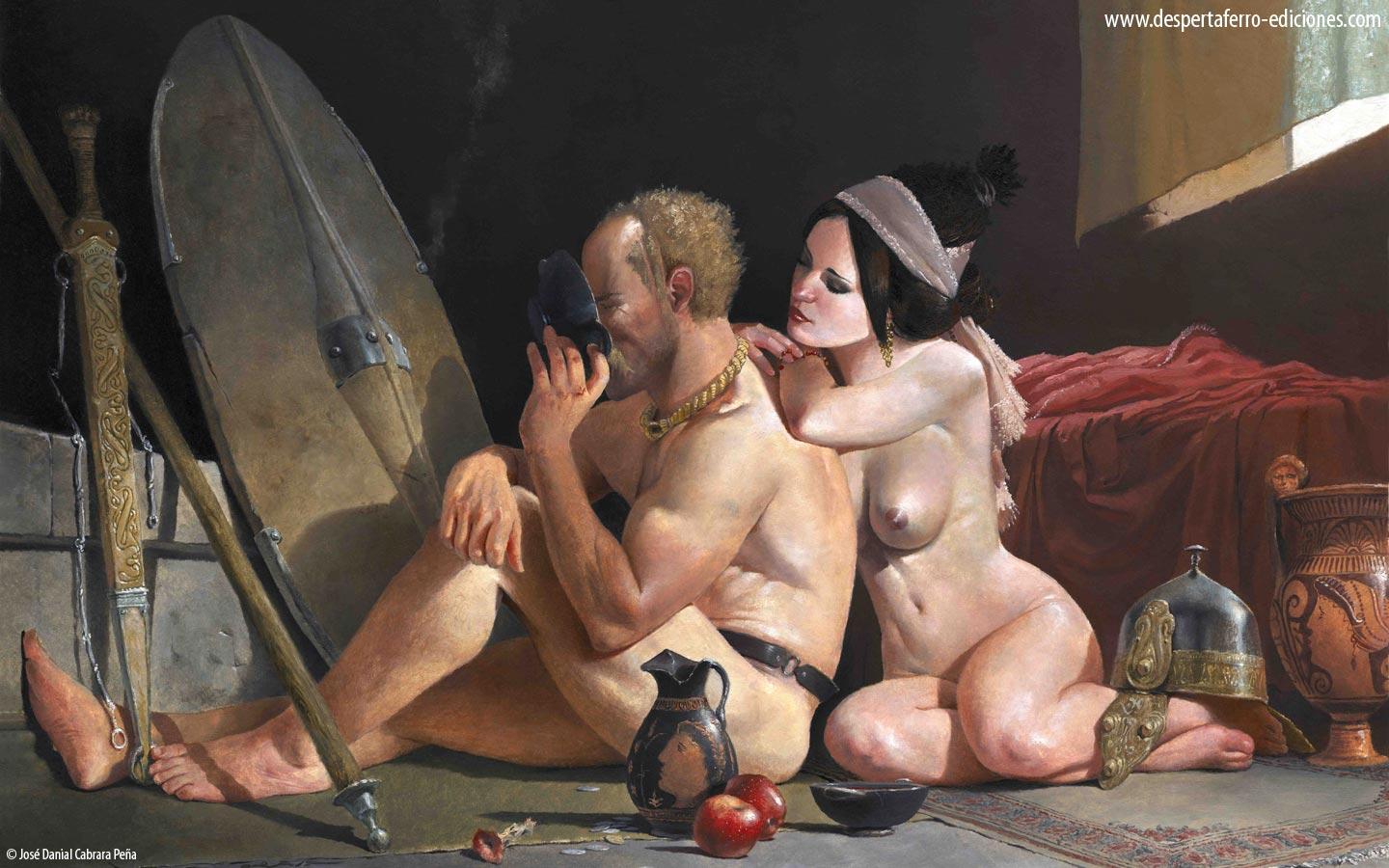
.thumb.jpg.b21ca1d0c15fb56b42c39b25a0a40815.jpg)

